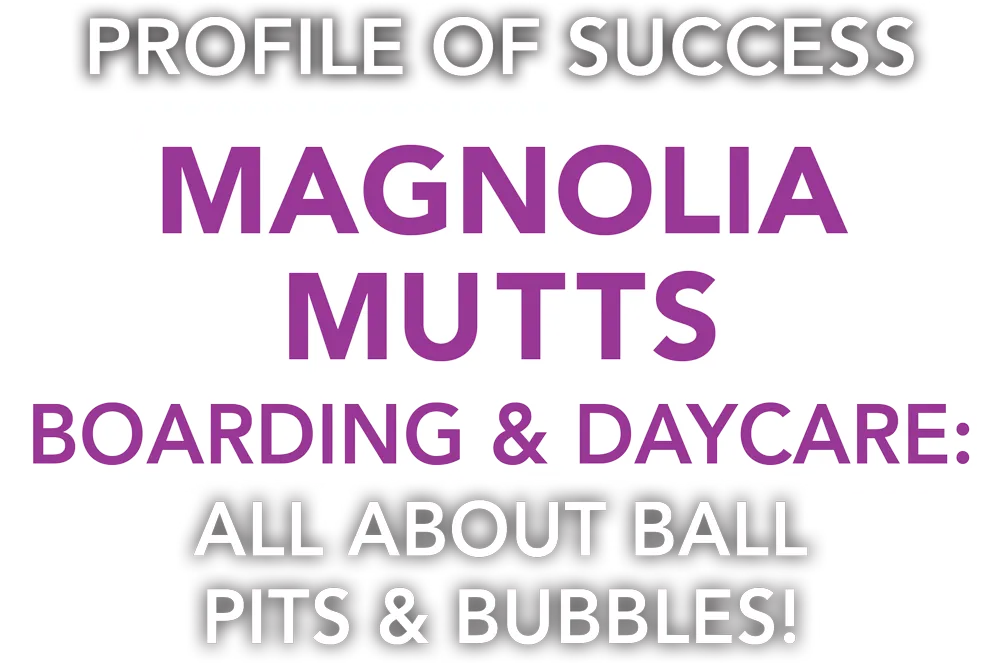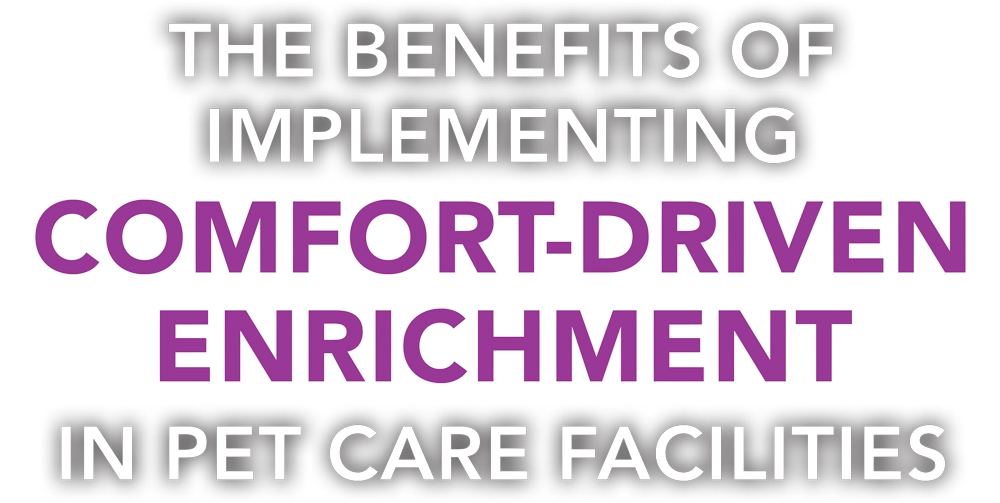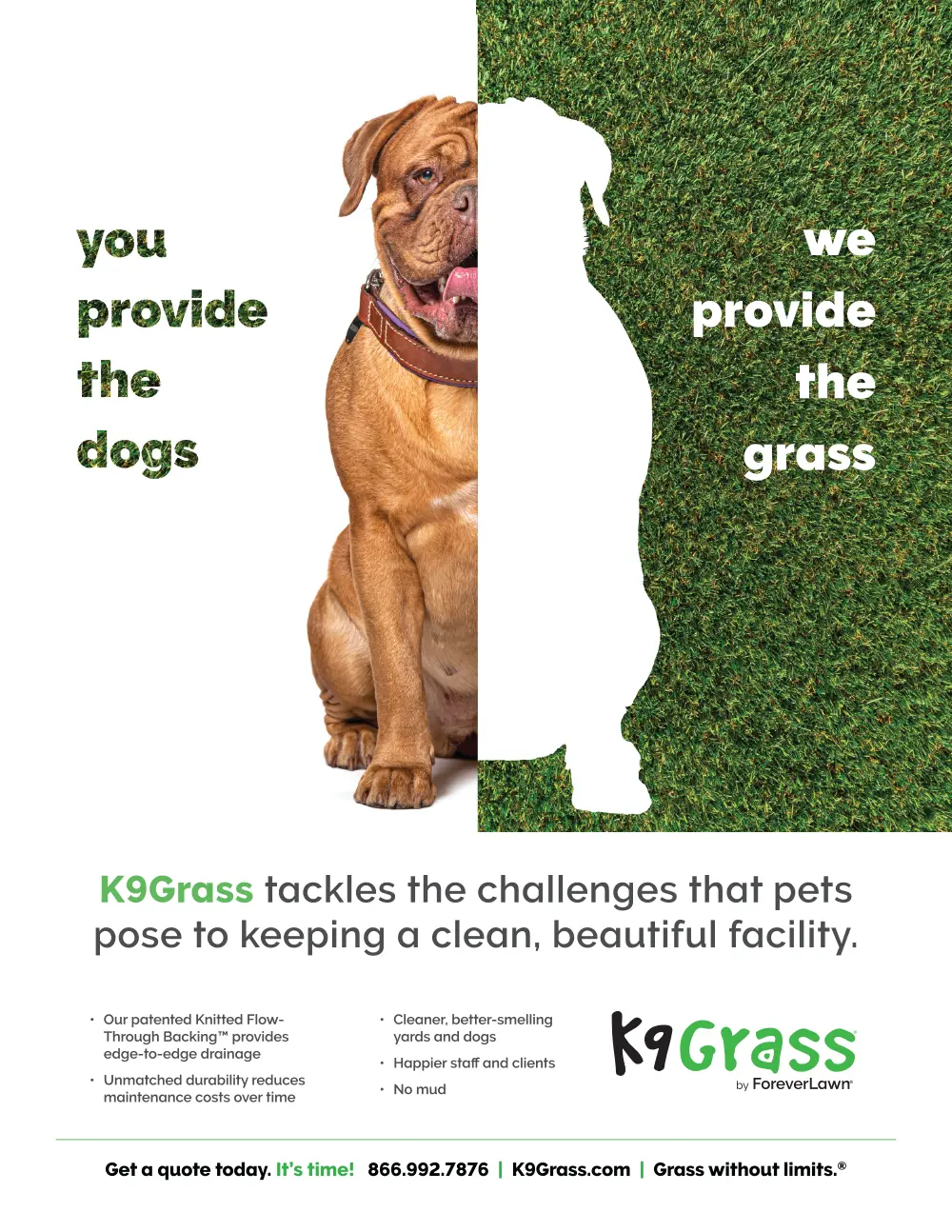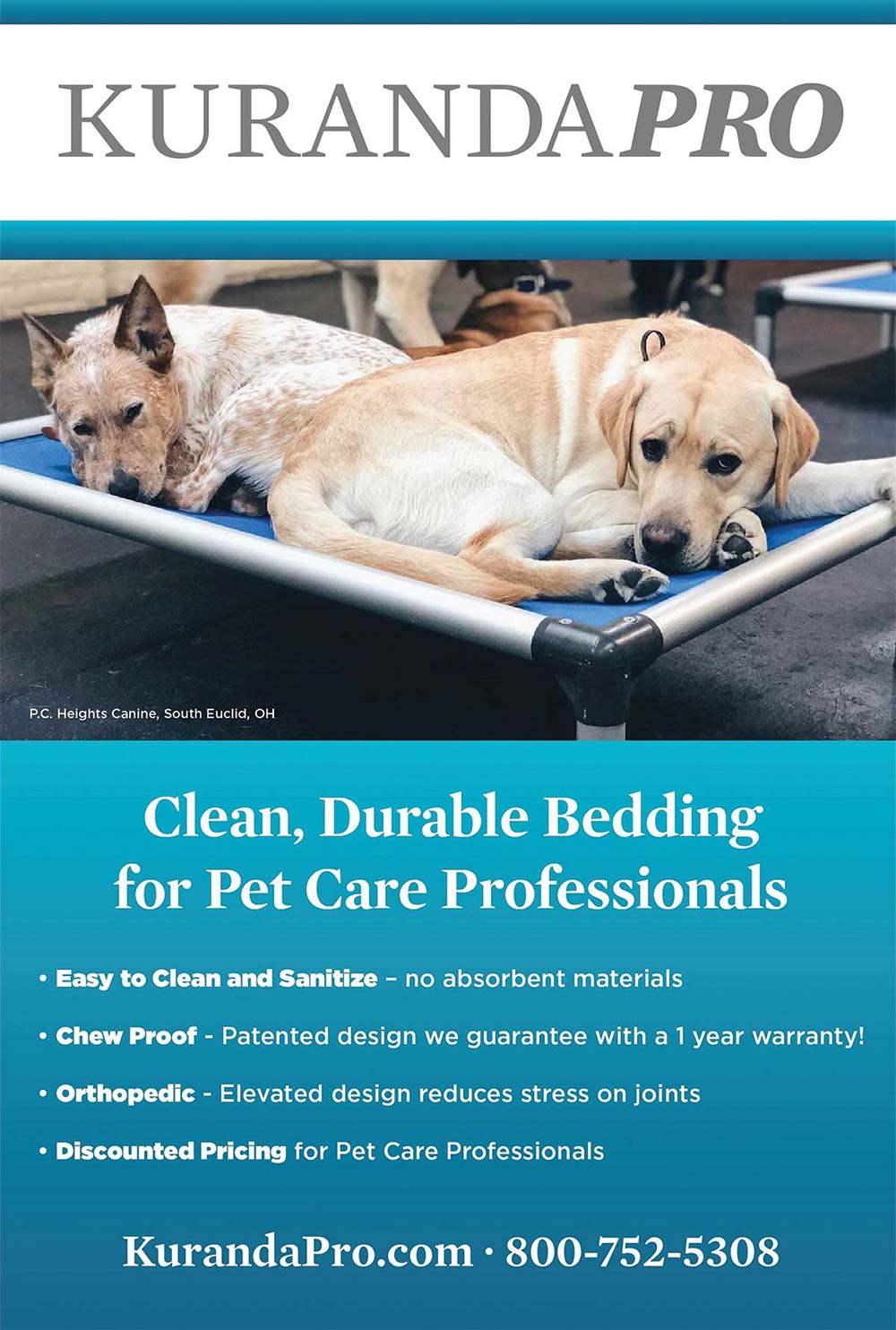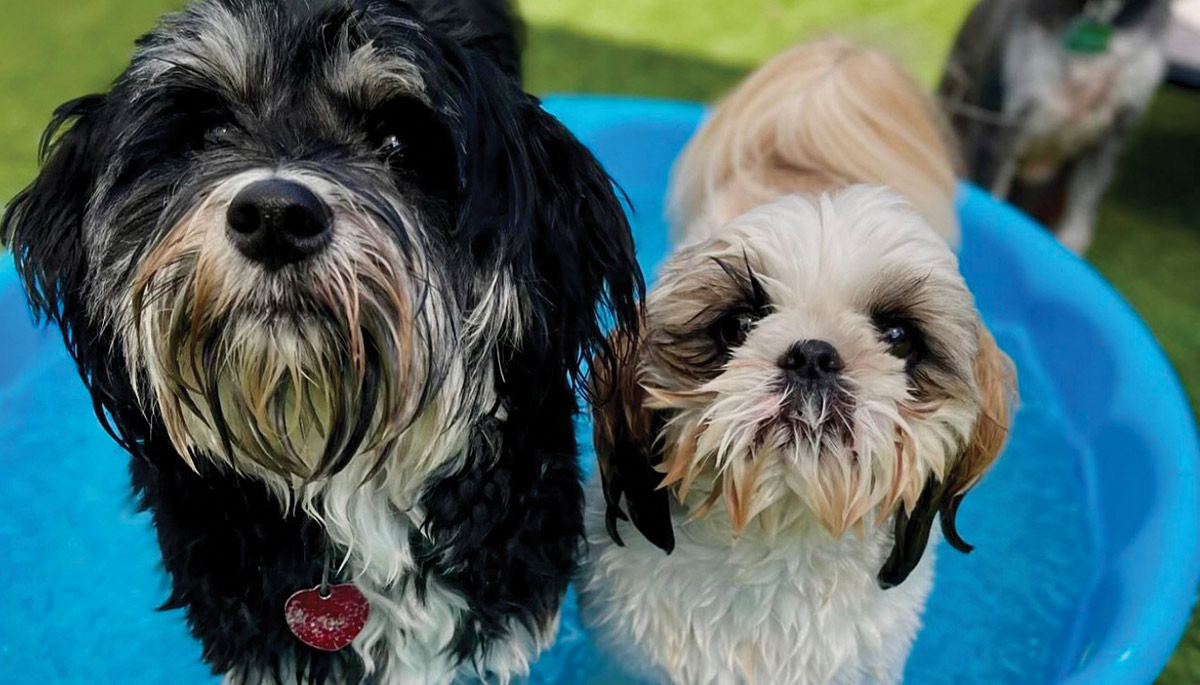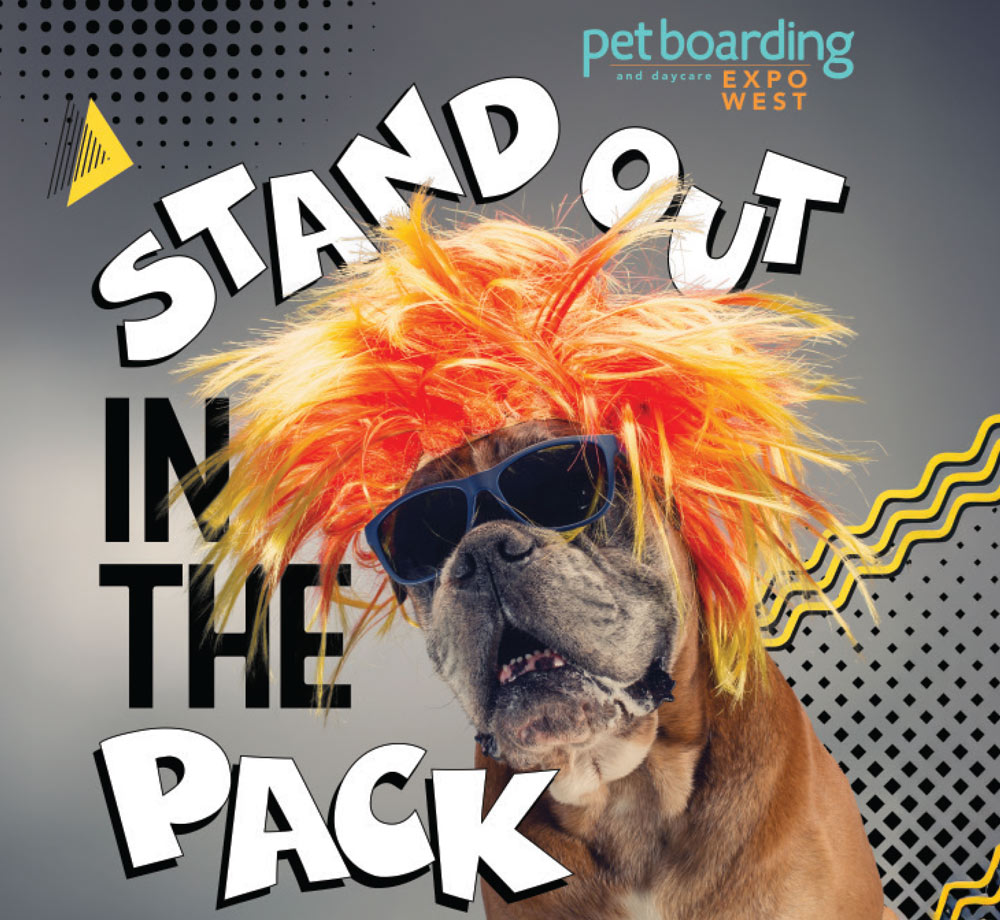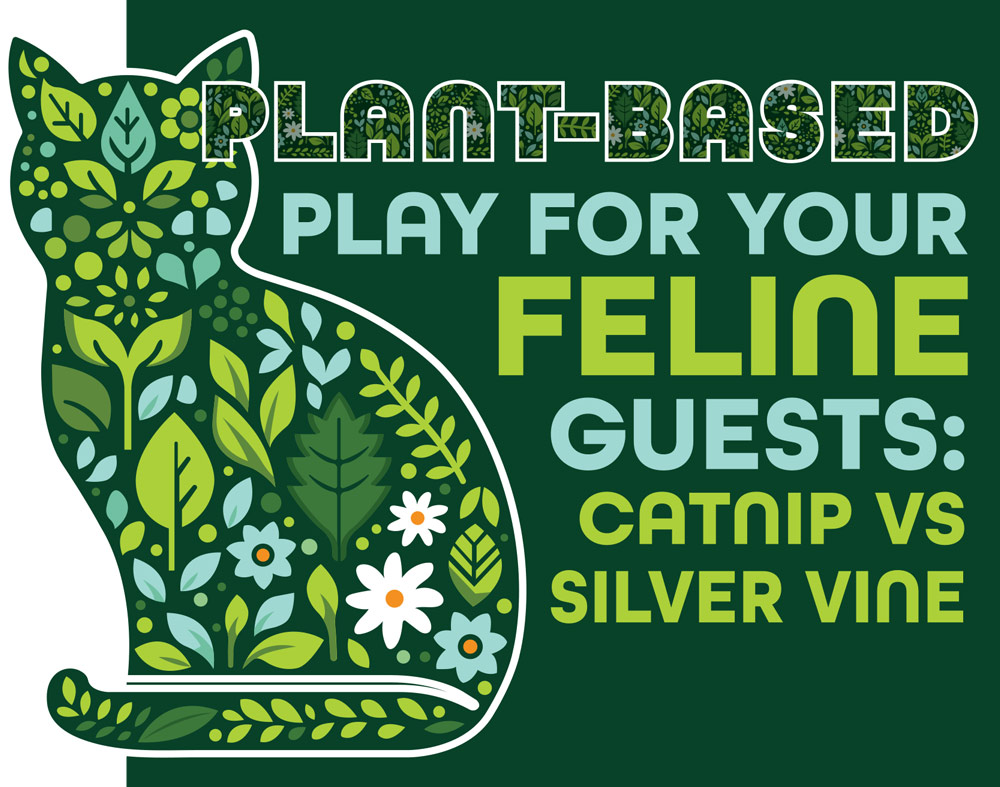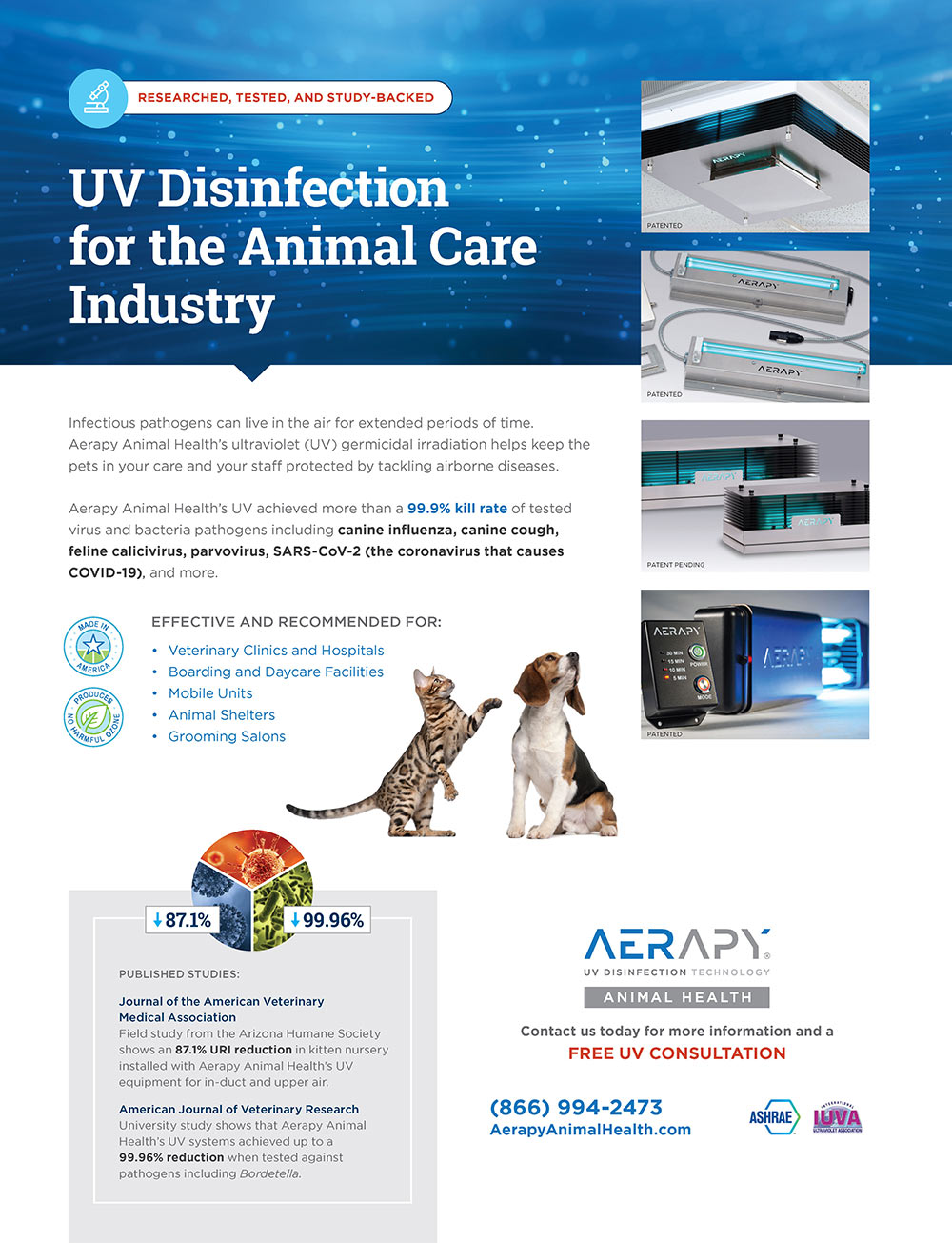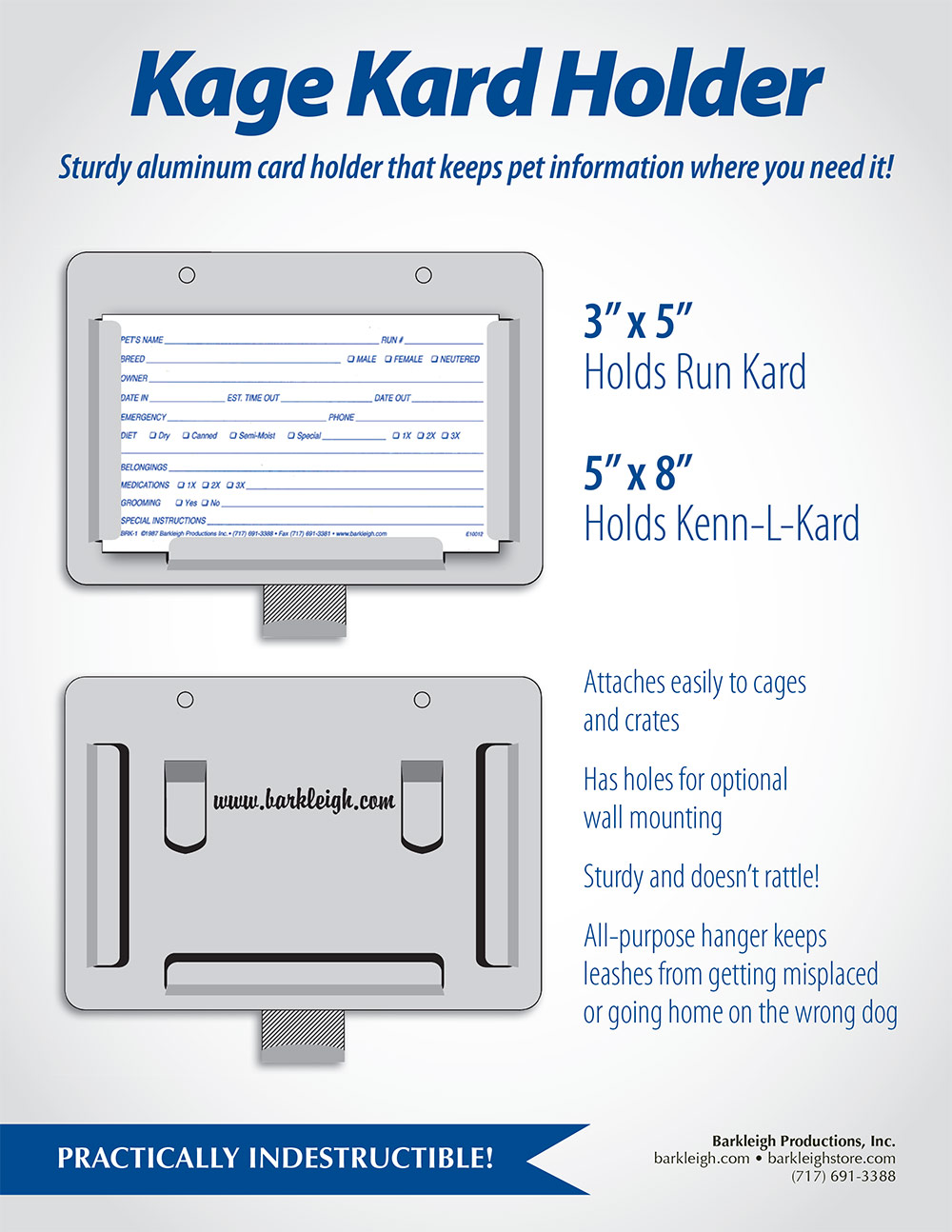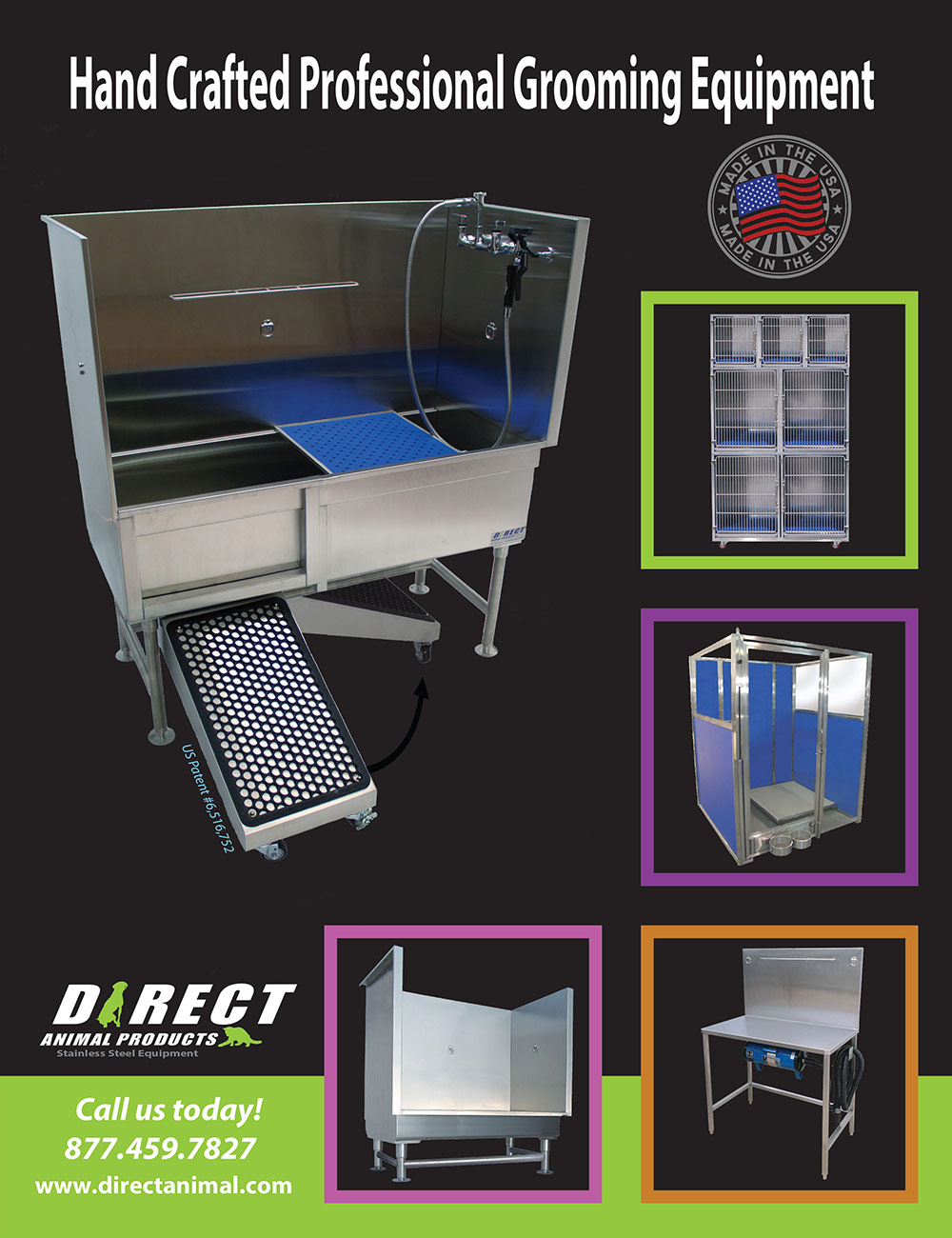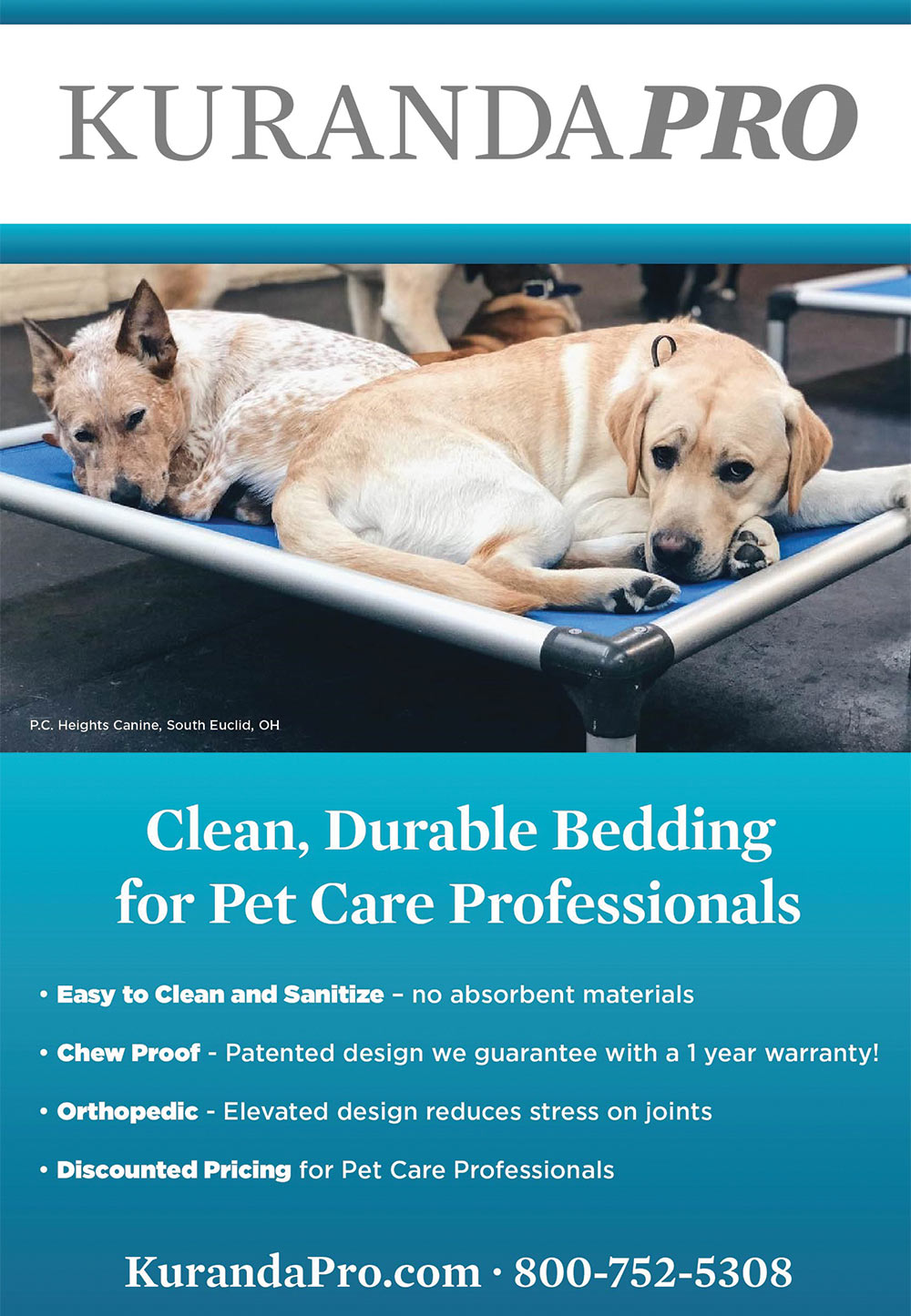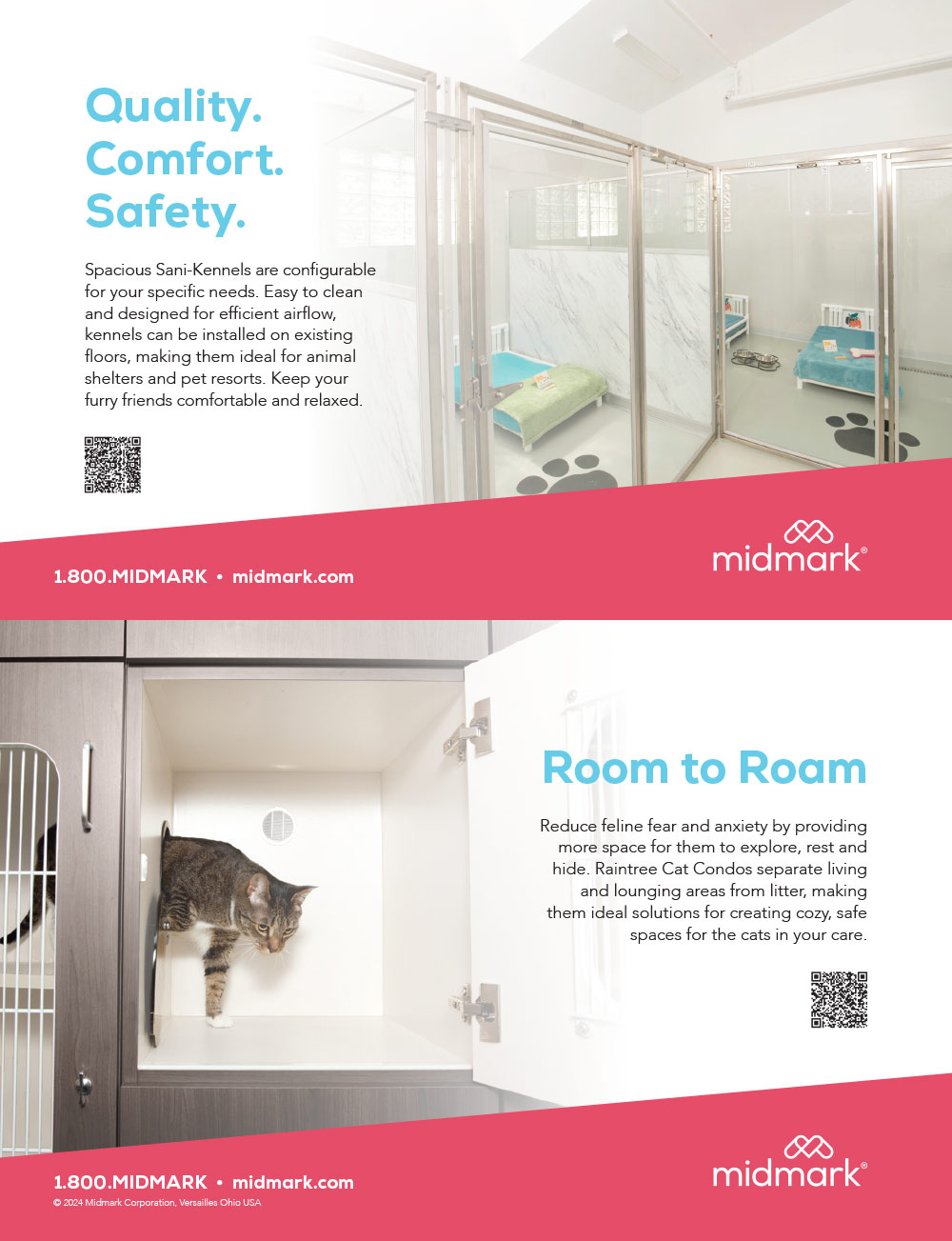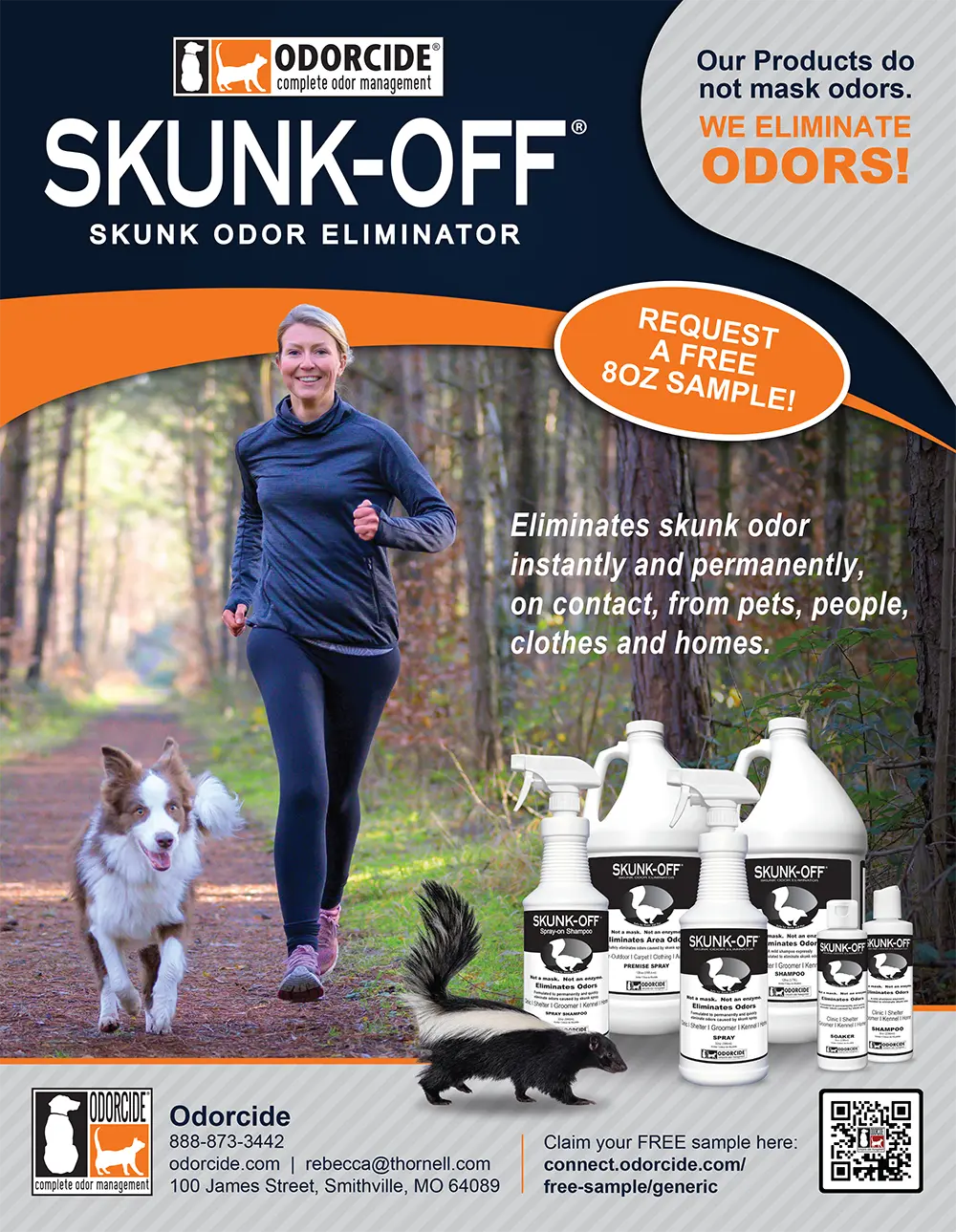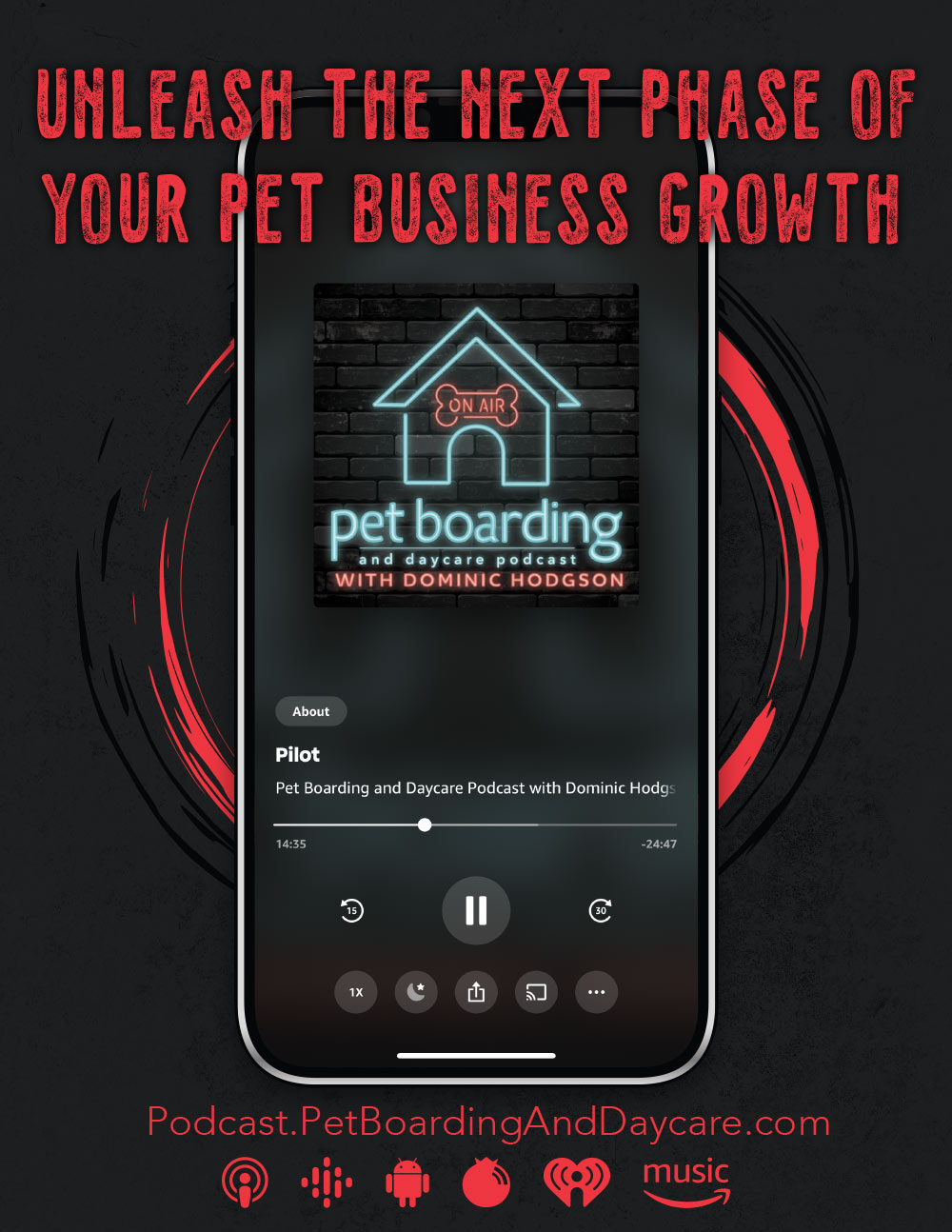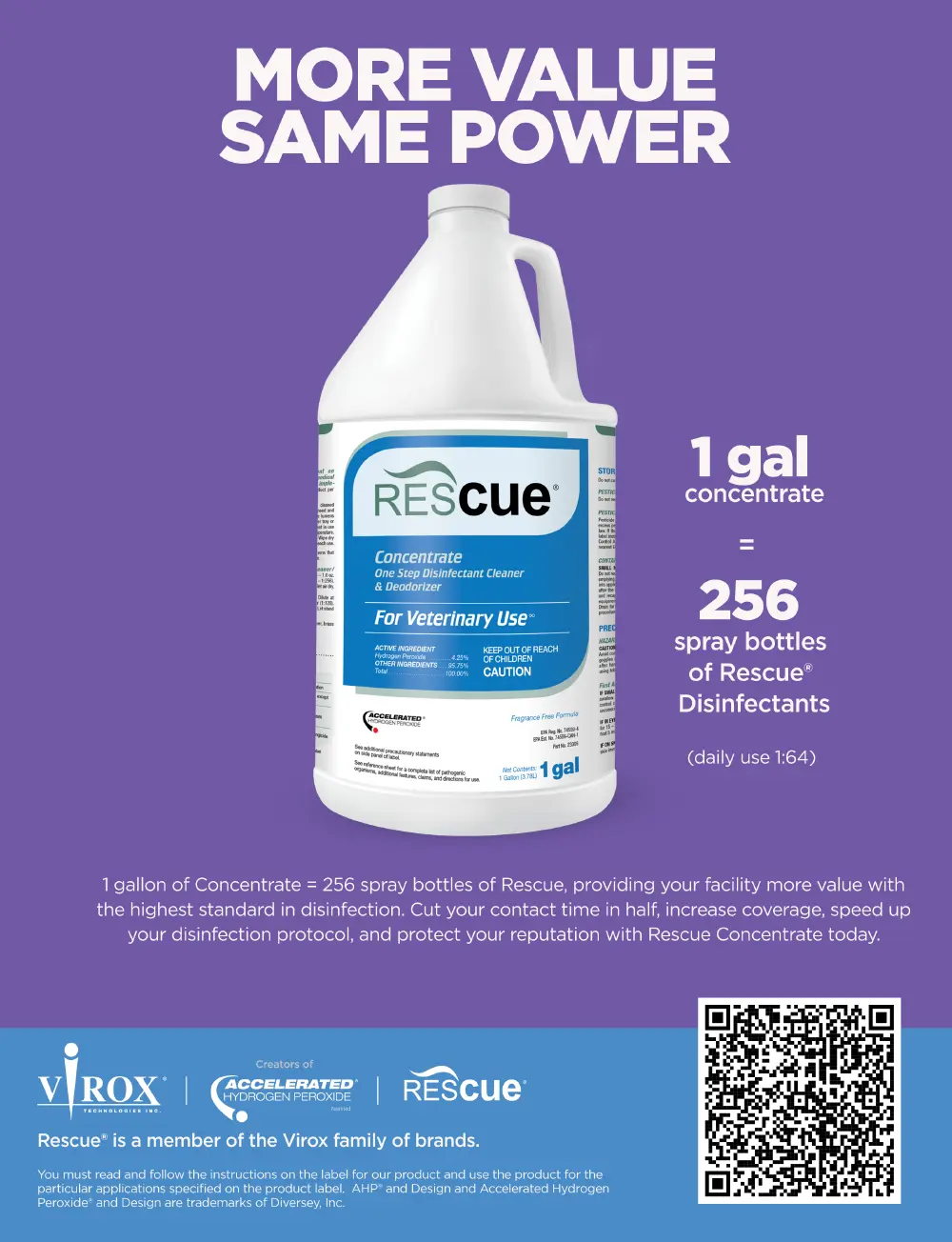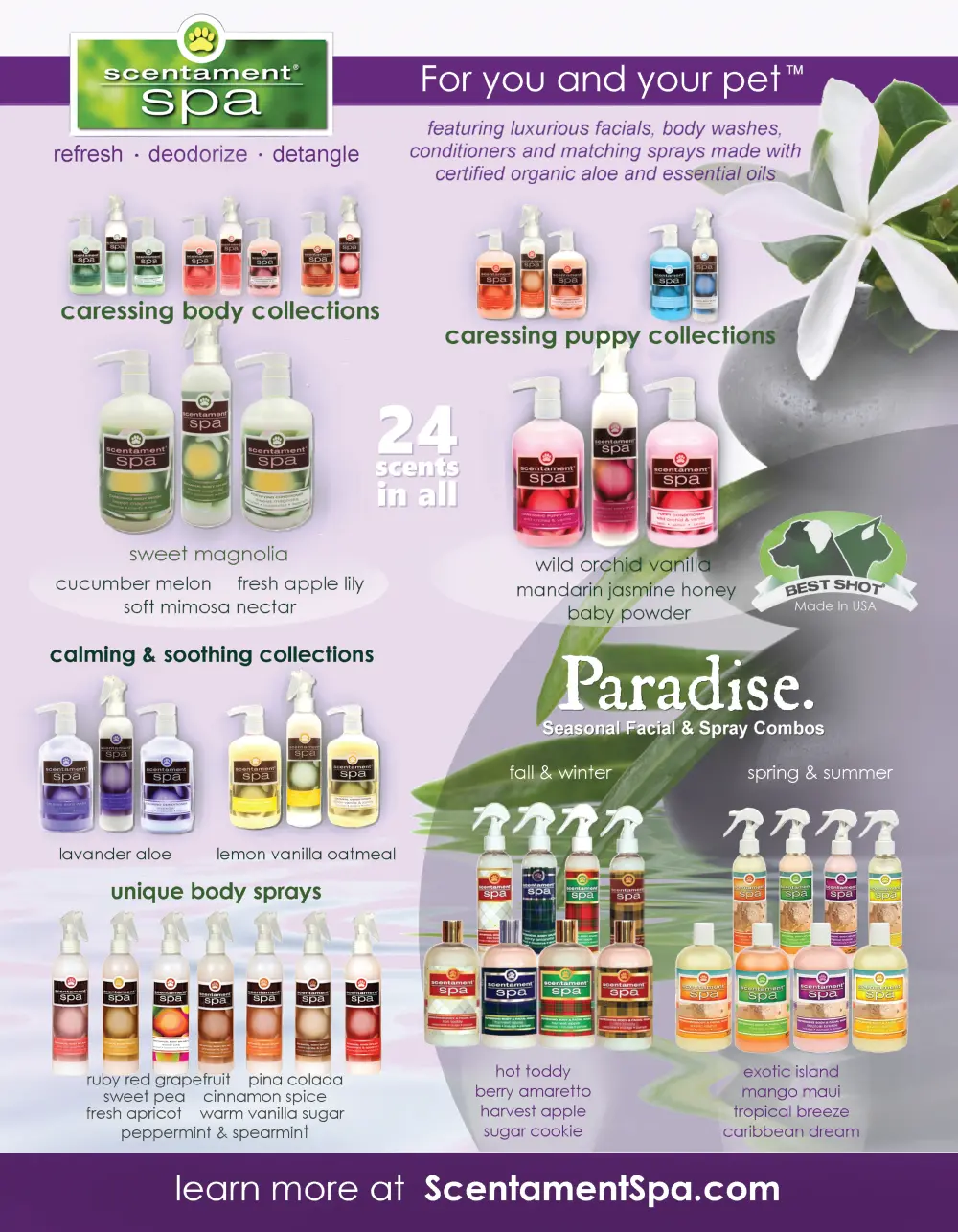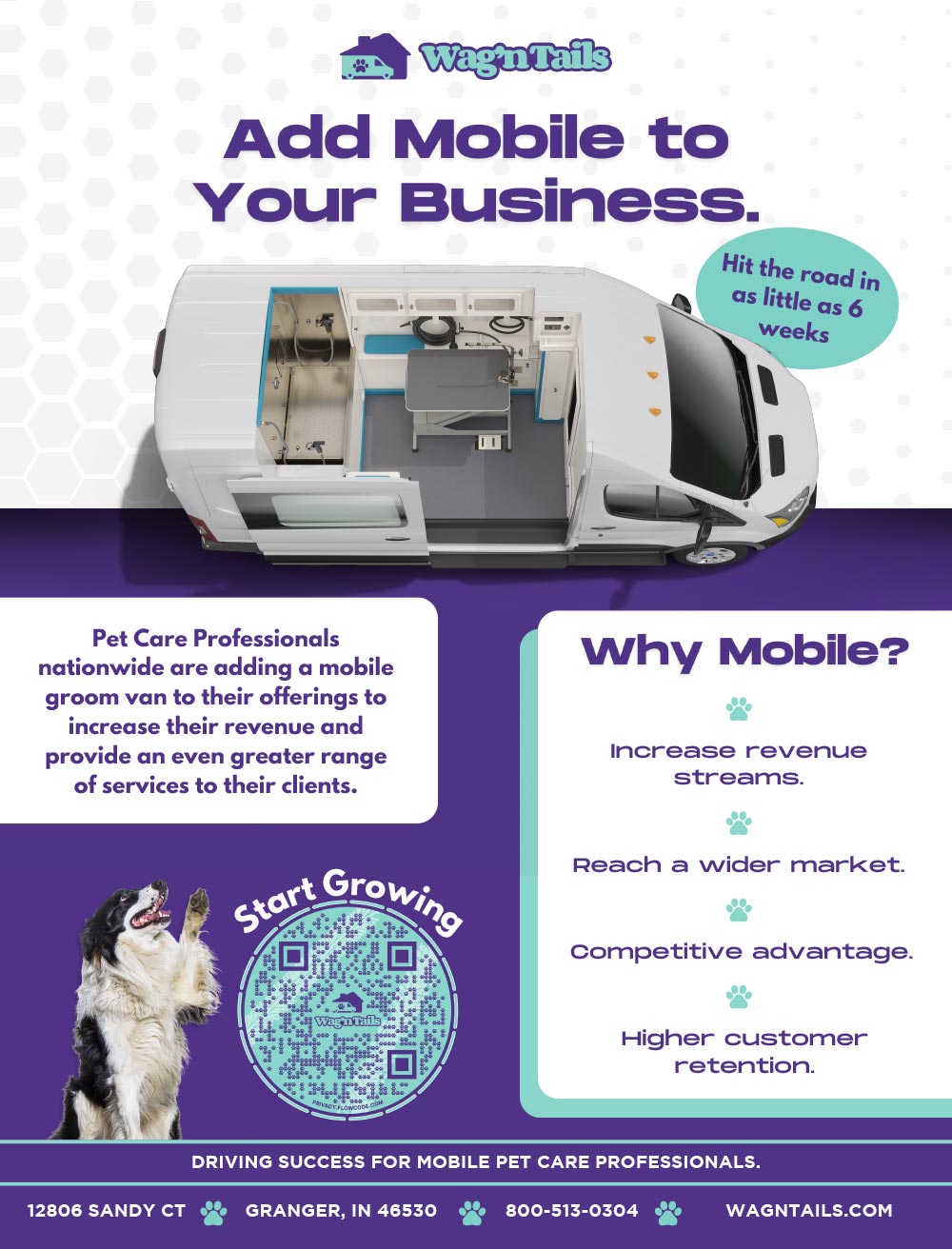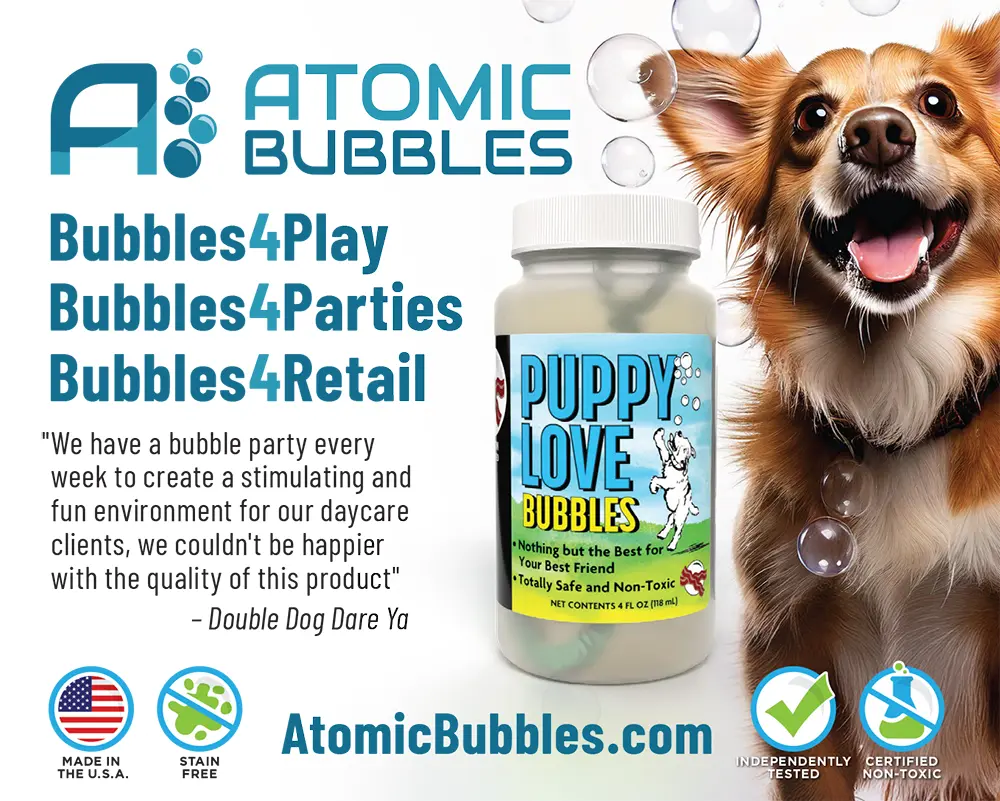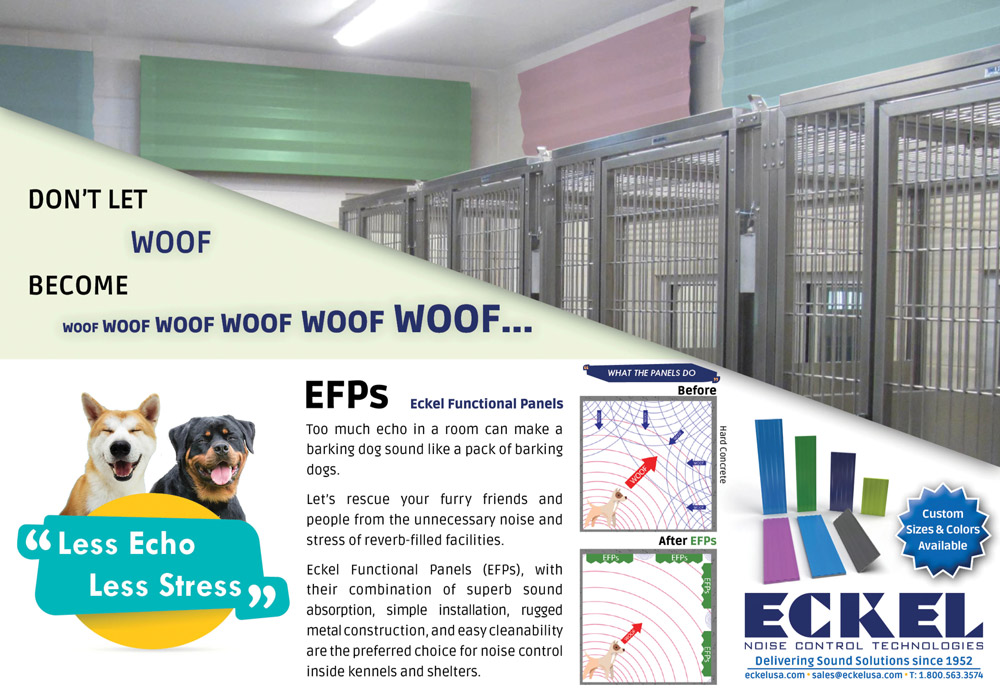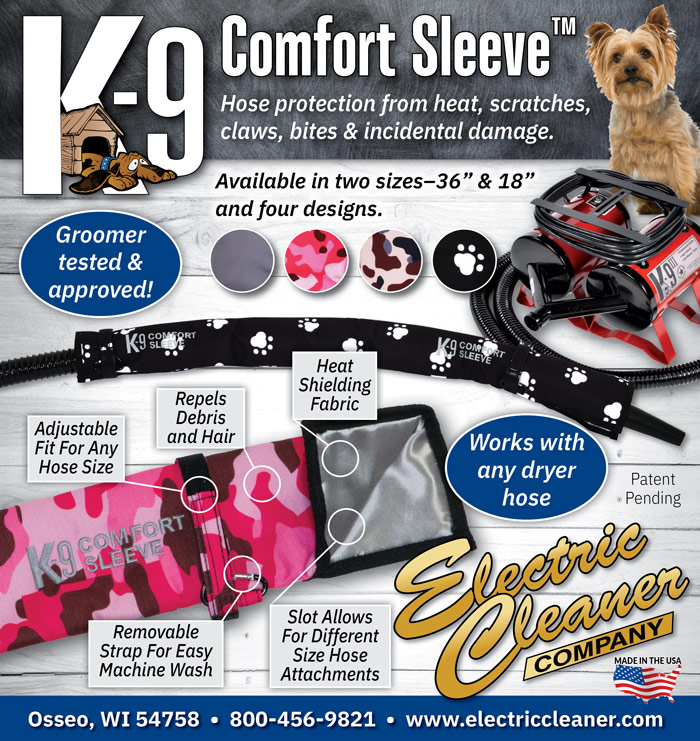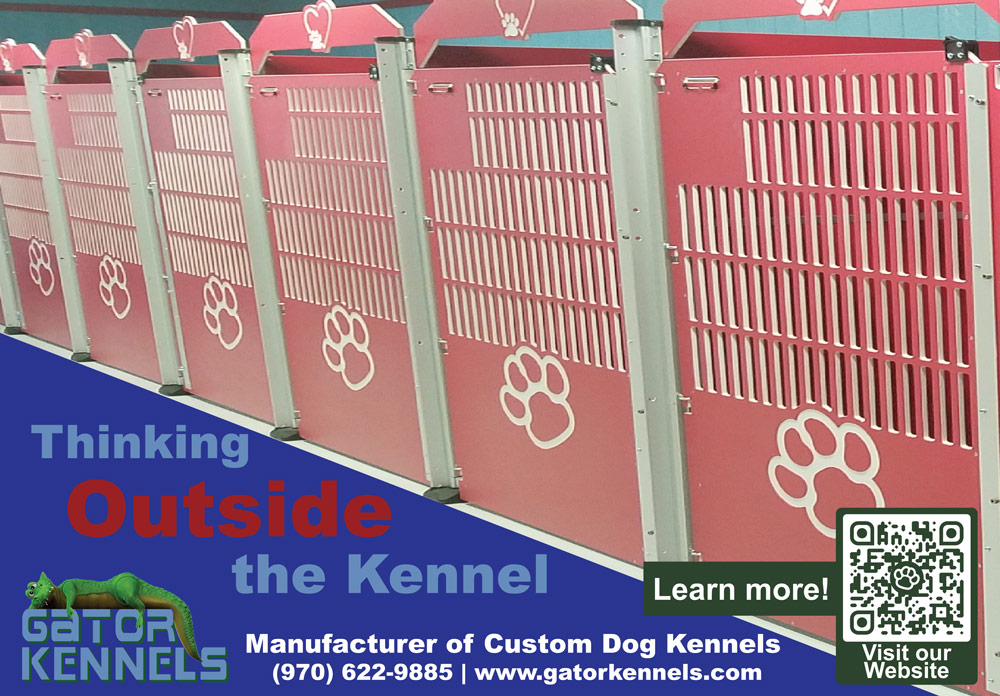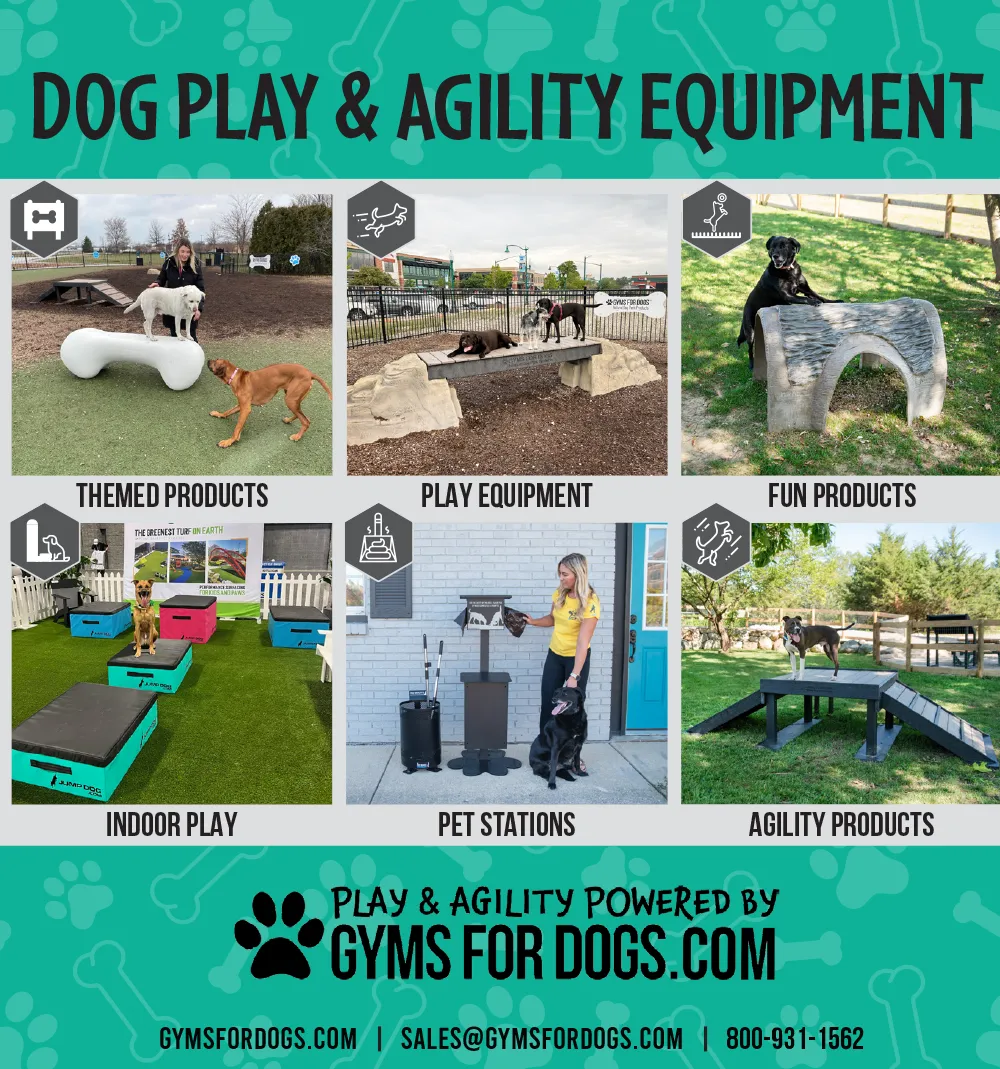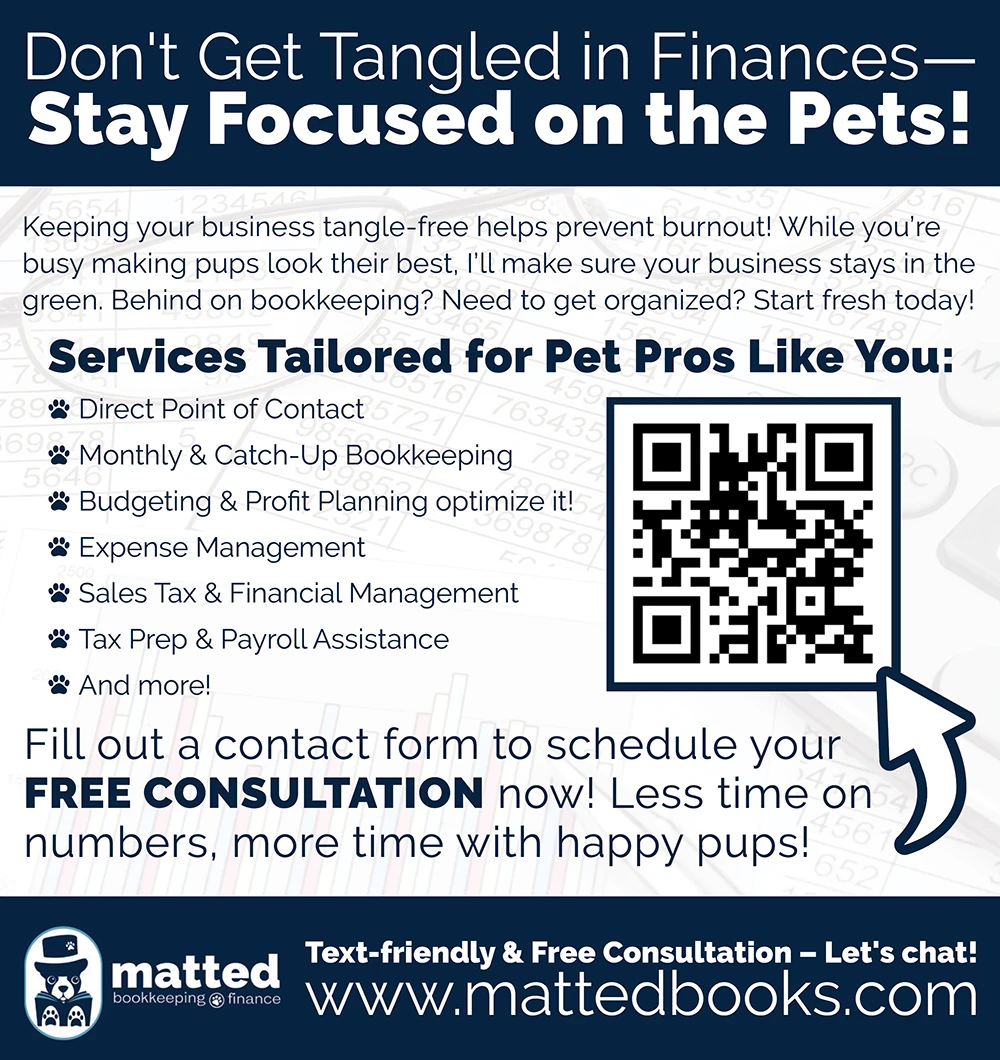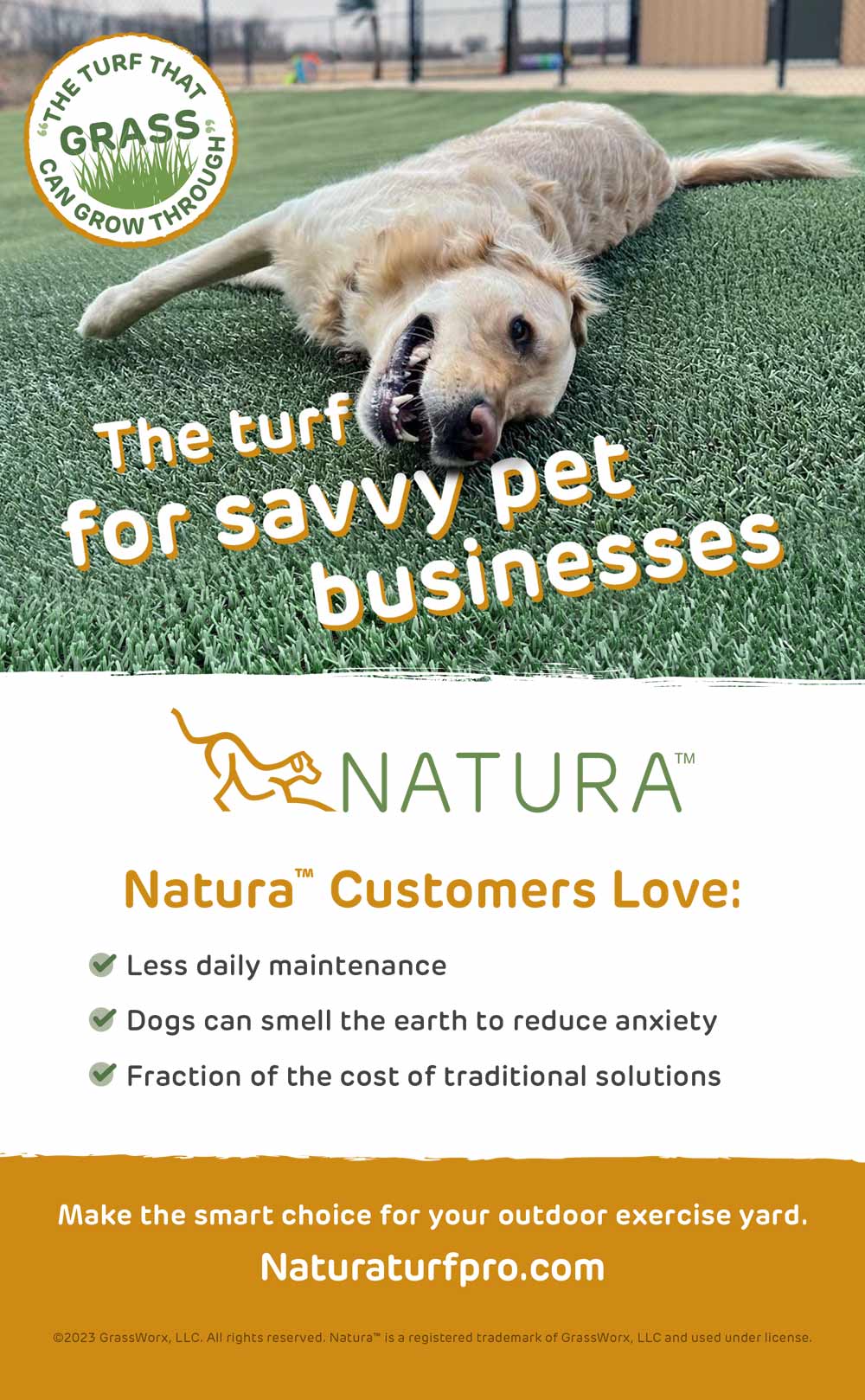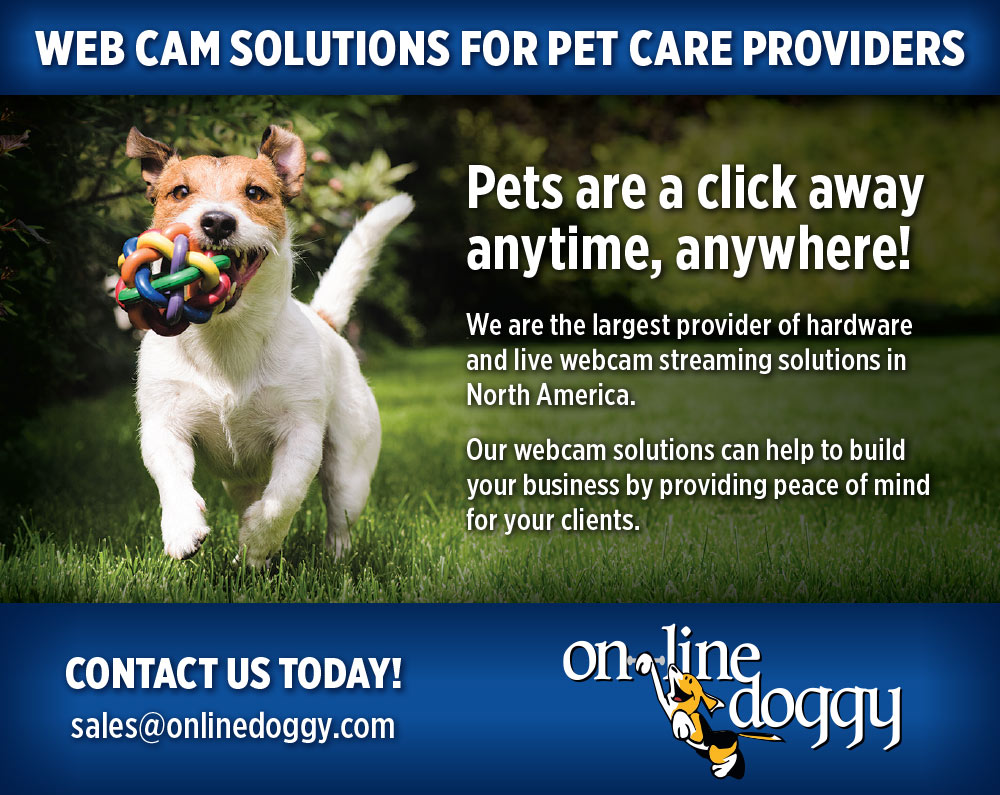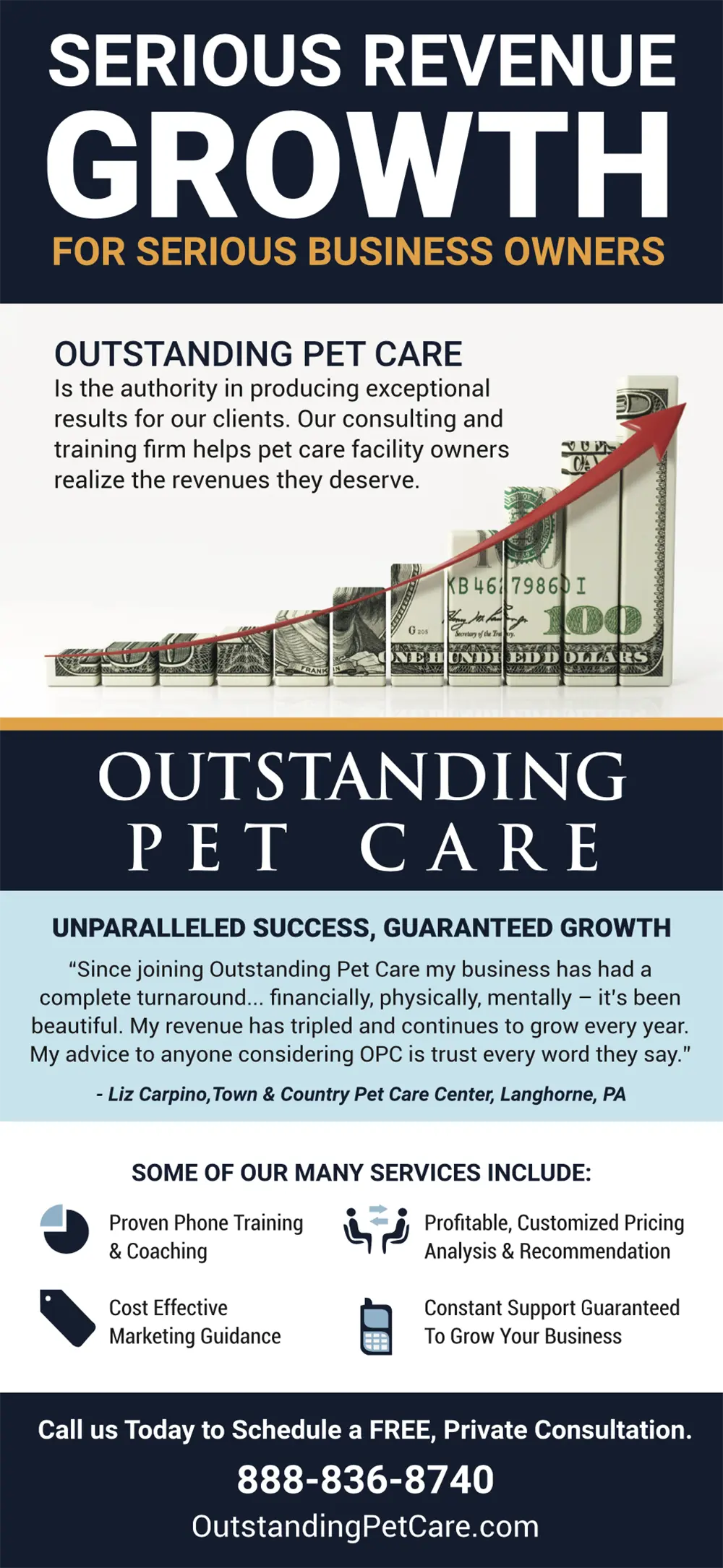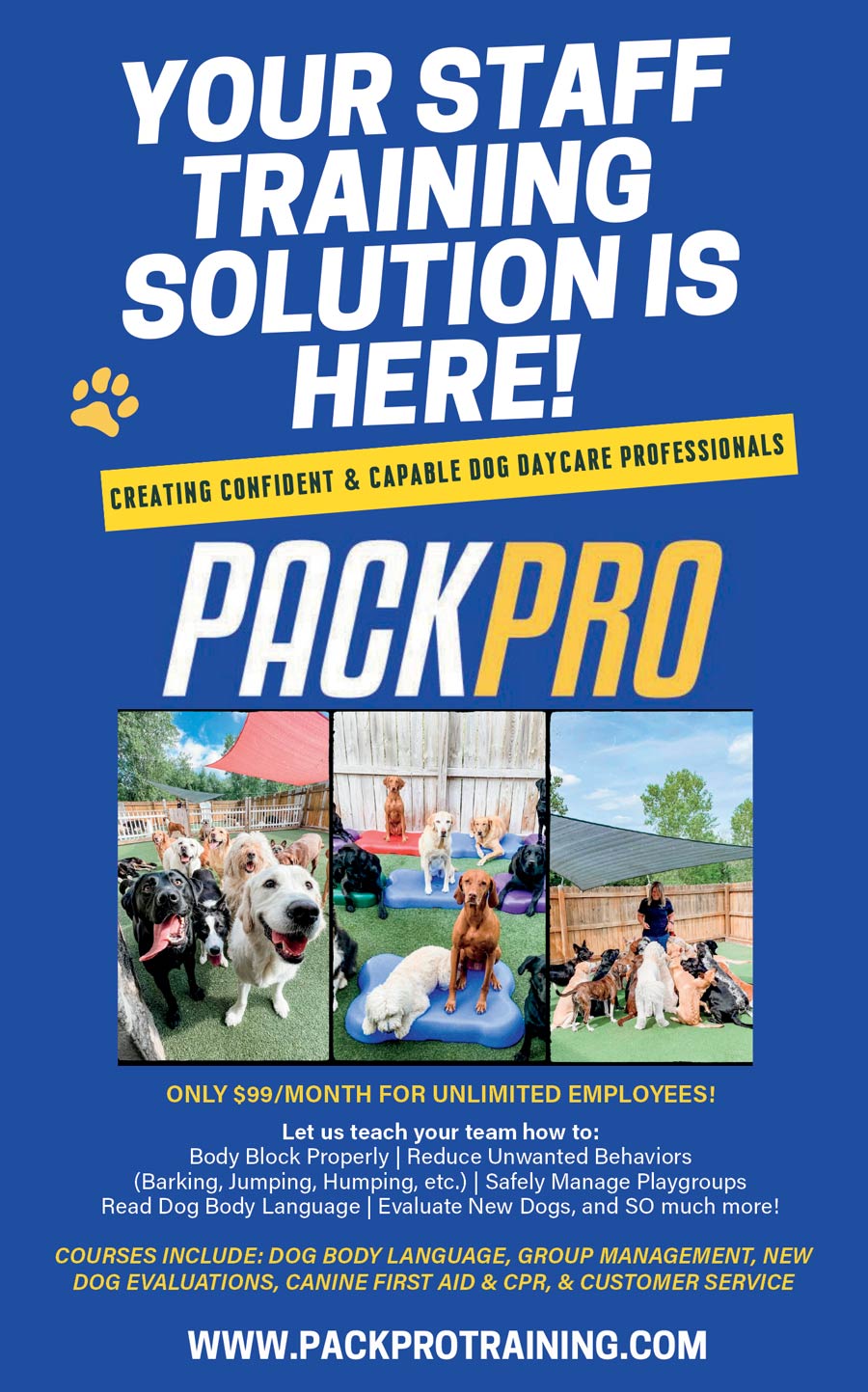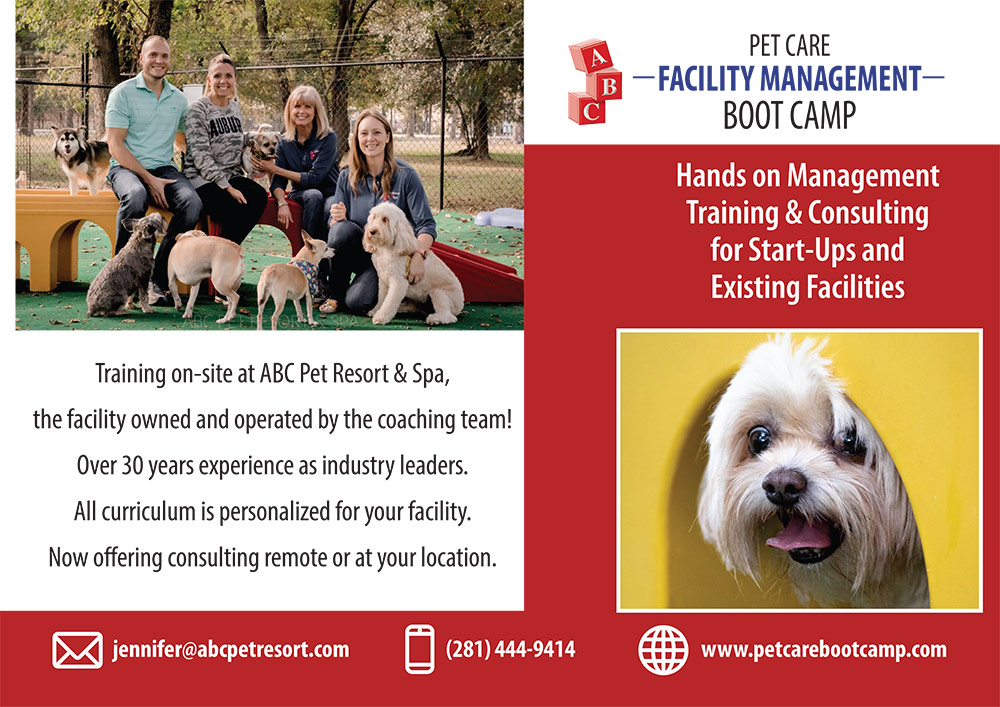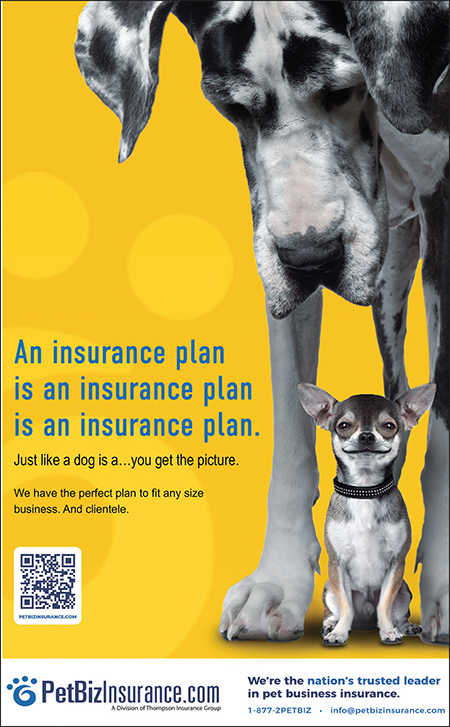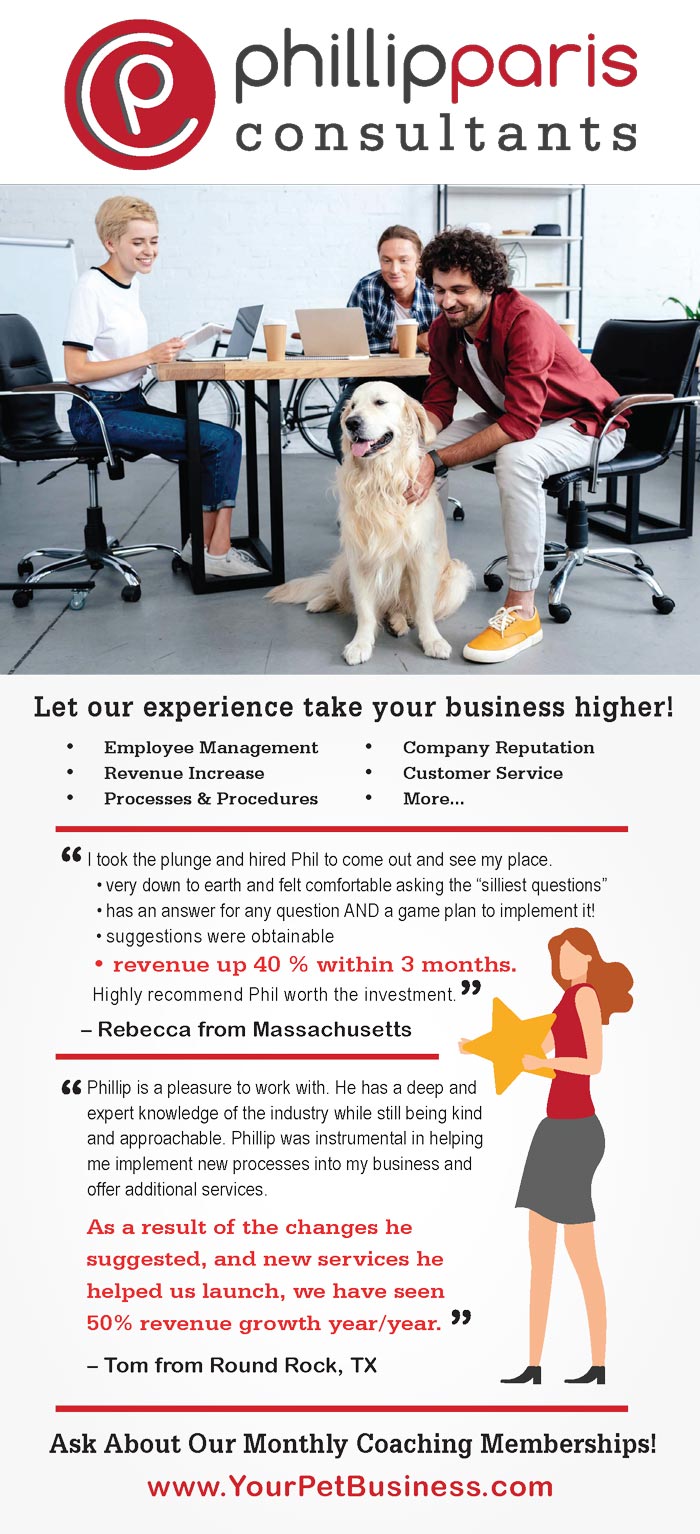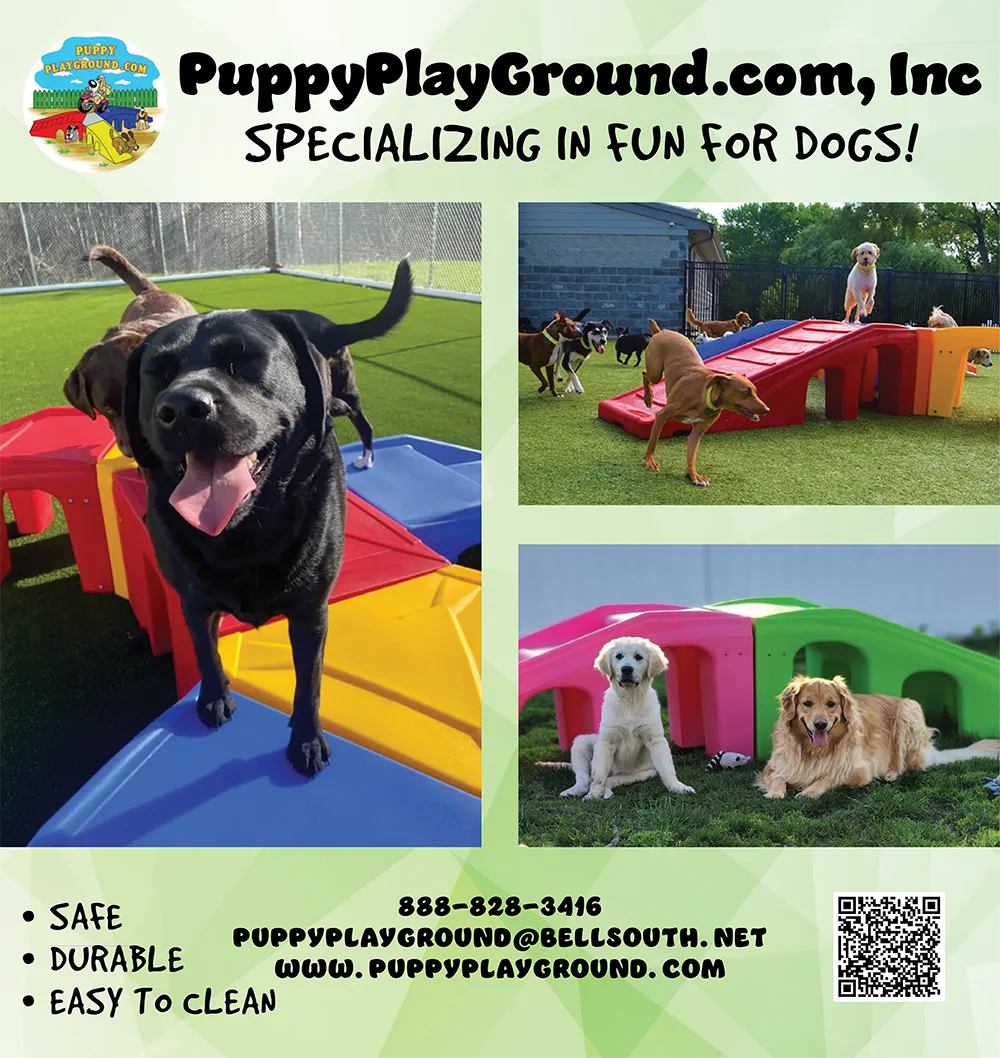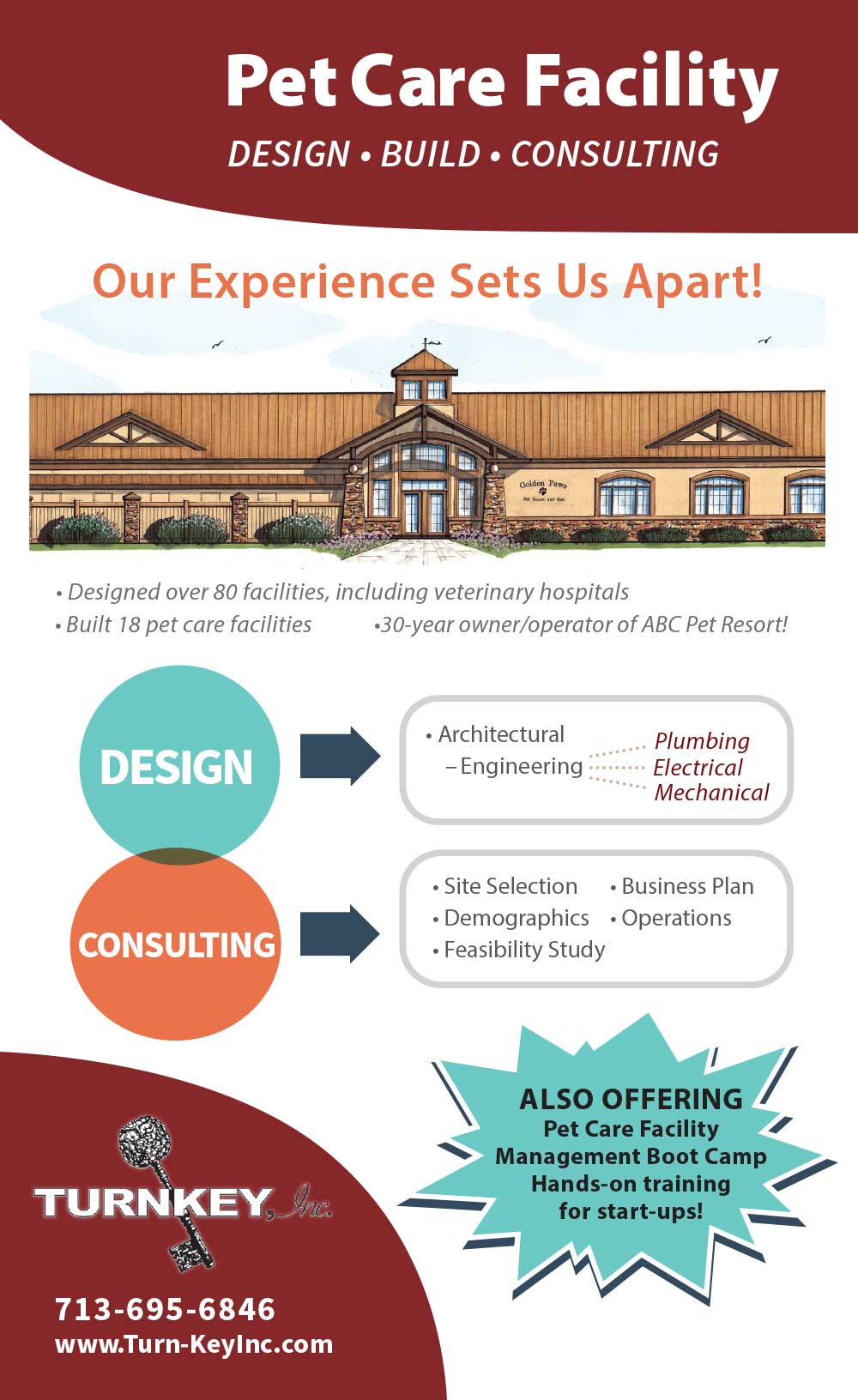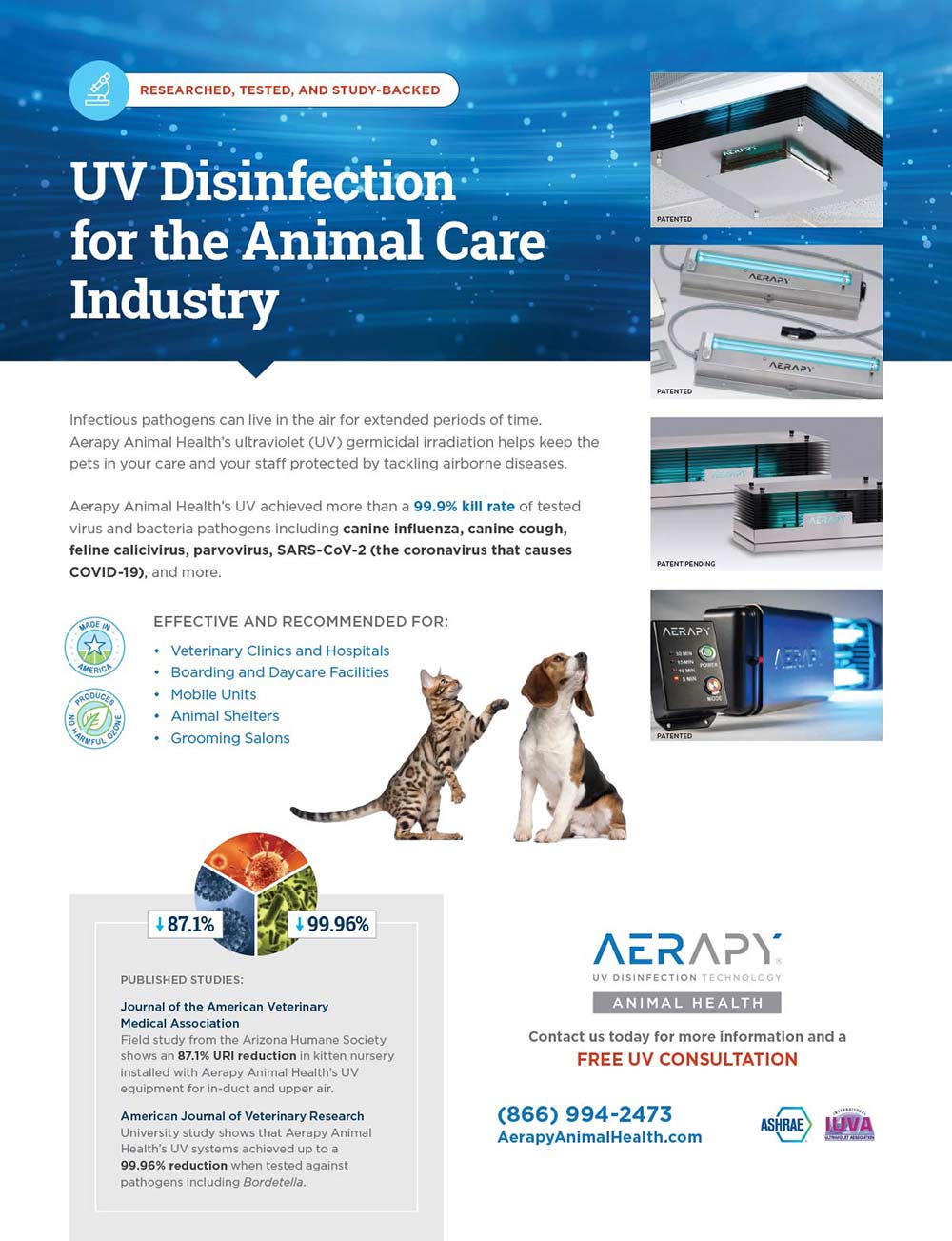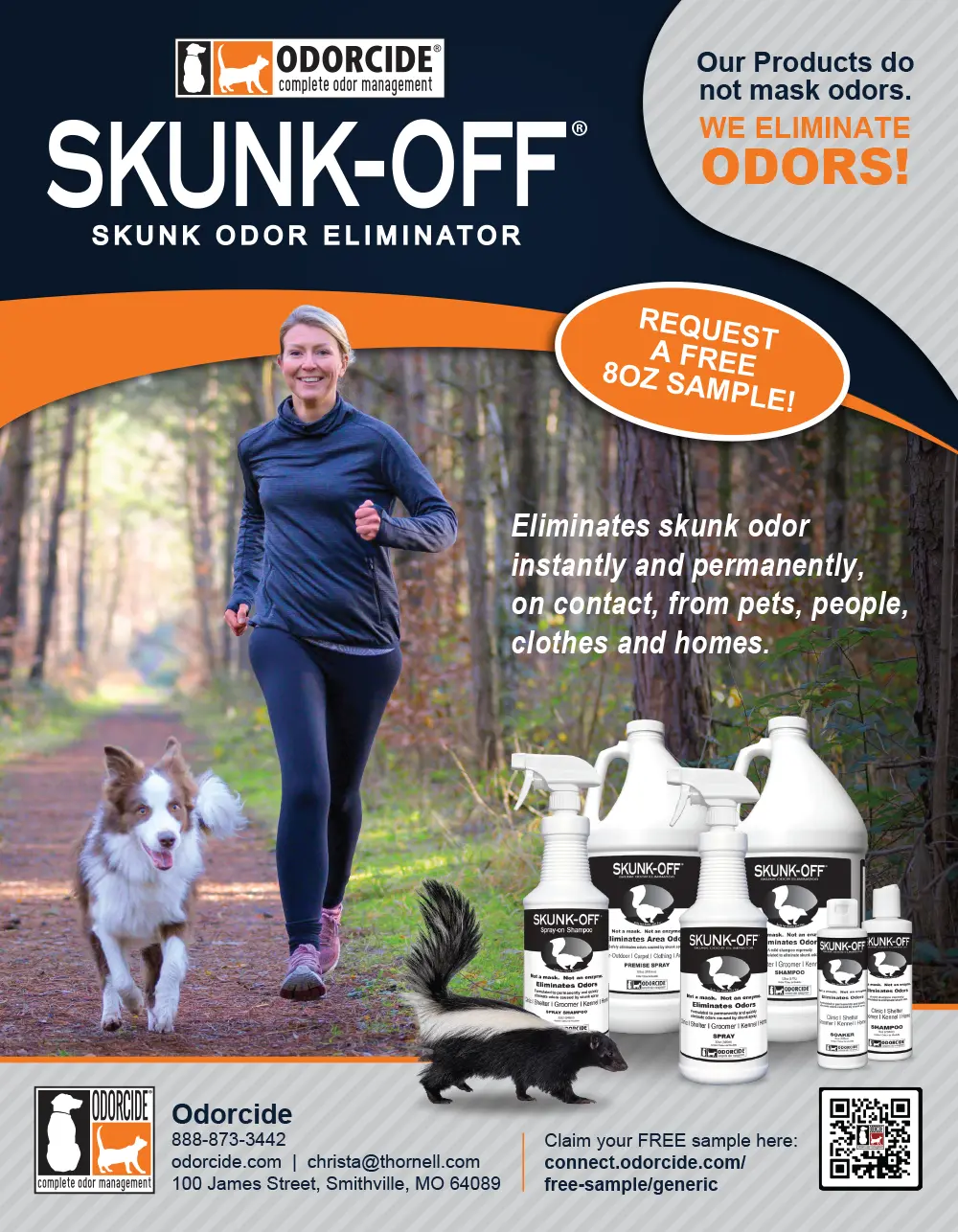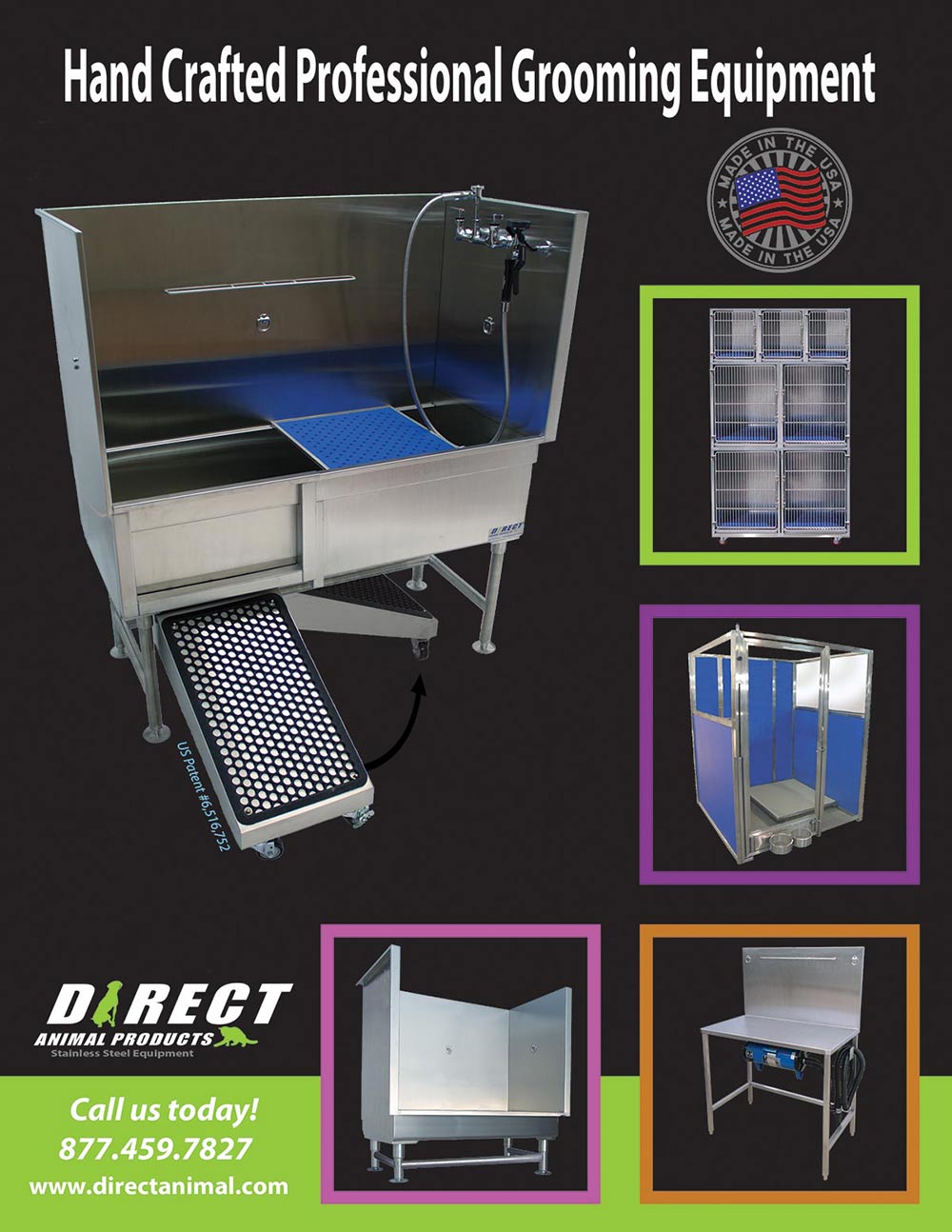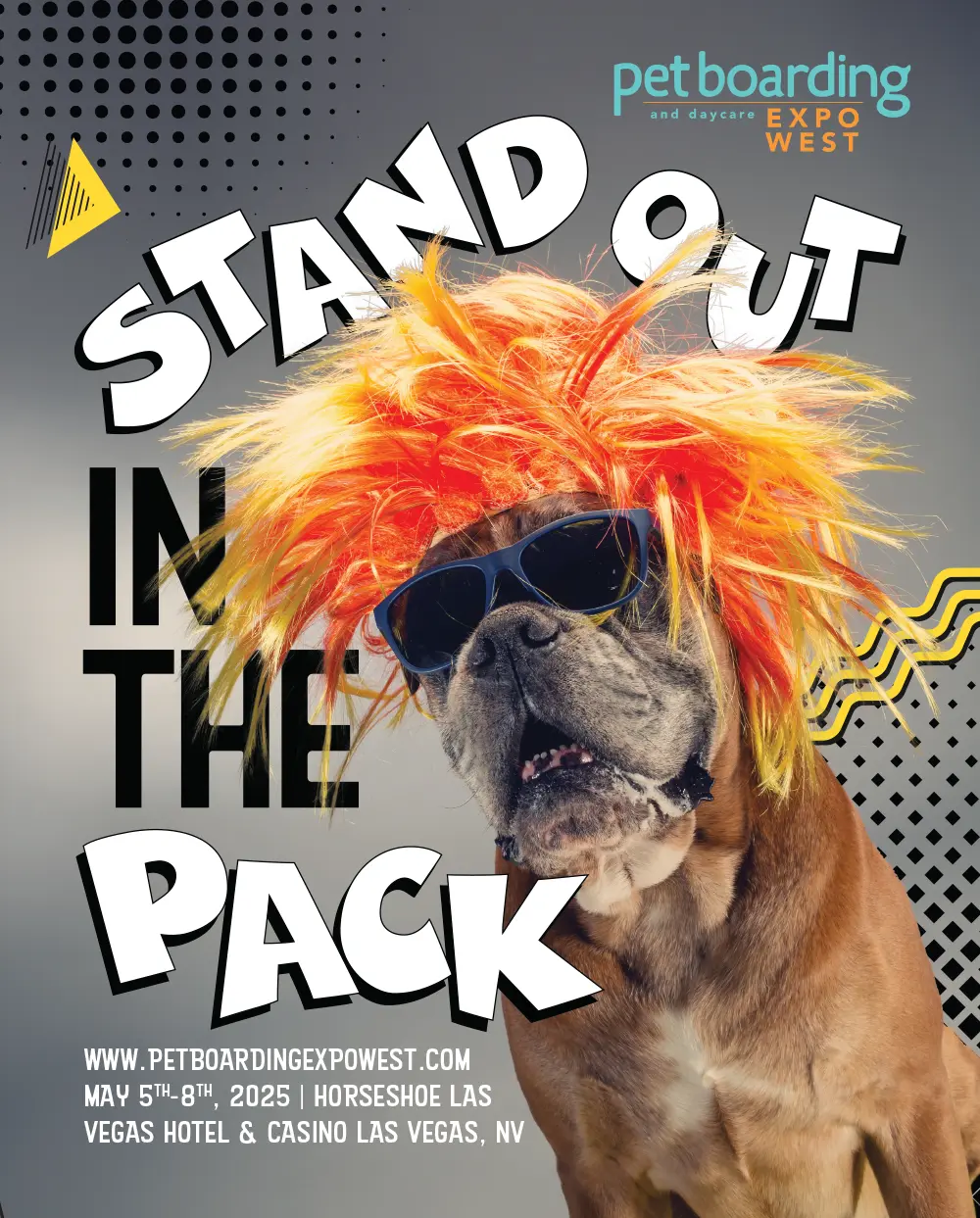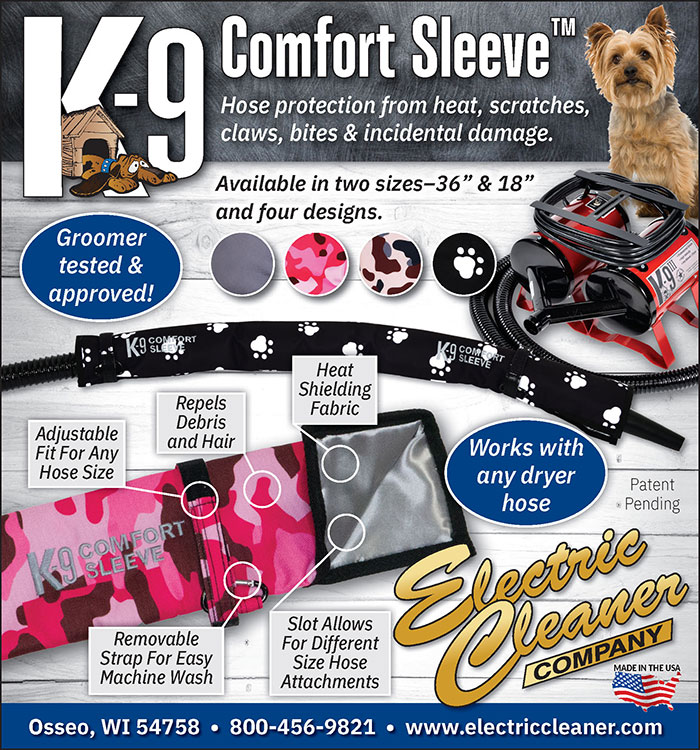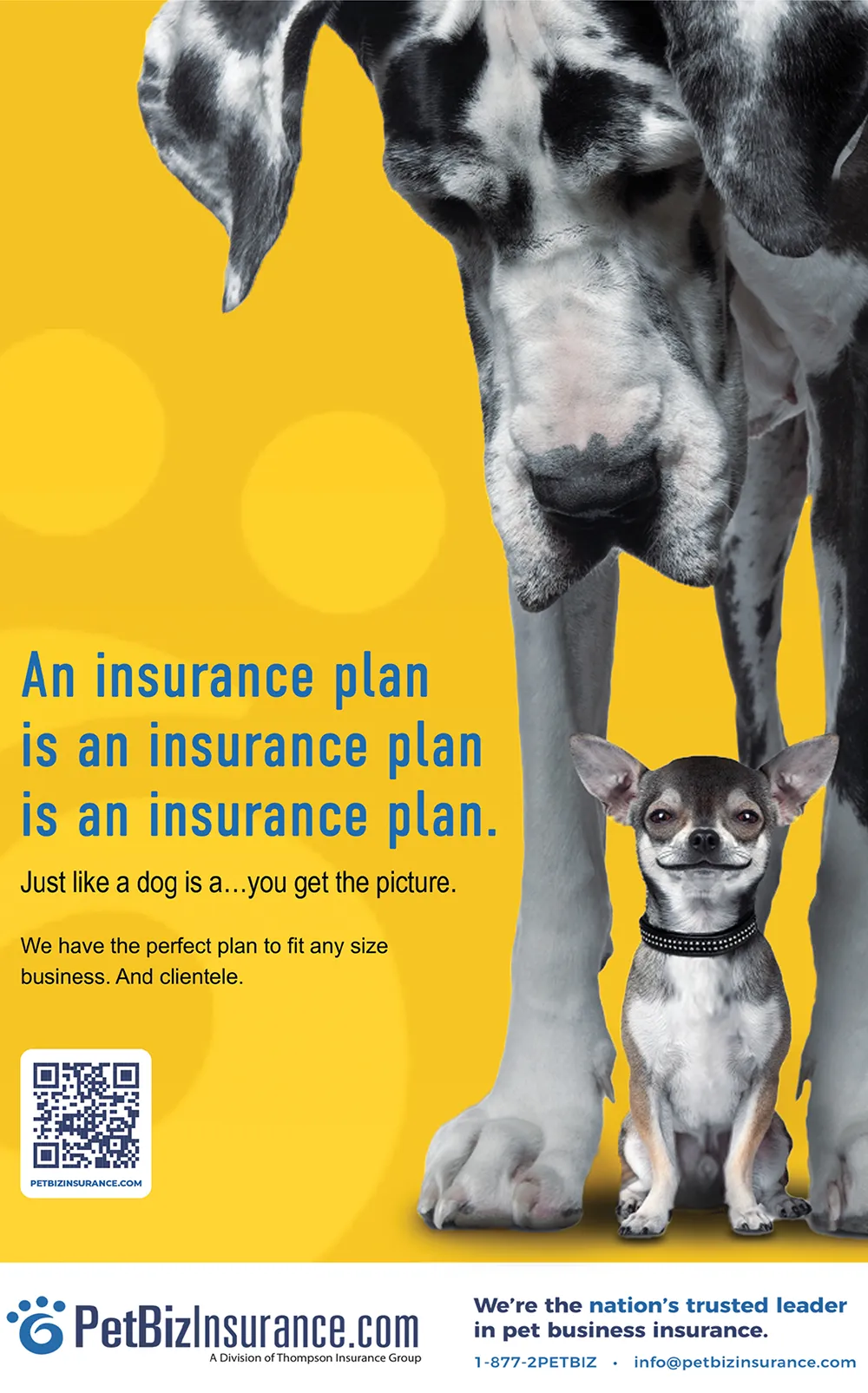Staff
Barkleigh Productions, Inc.
Rebecca Shipman
Laura Pennington
Brandi Aurelio
Carlee Kubistek
Luke Dumberth
Todd Shelly
Gwen Shelly
Adam Lohr
James Severs
Karin Grottola
Cassidy Ryman
Evan Gummo
CONTACT
General: (717) 691-3388
Editorial: rebecca@barkleigh.com
Advertising: james@barkleigh.com
Email: info@barkleigh.com

Animal Behavior
Business
Animal Health
Industry News
- Aerapy Animal Health7
- Alpha Tech Pet49
- Alpha Tech Pet56
- Atomic Bubbles52
- Barkleigh Productions – Kage Kard Holder51
- Barkleigh Store – Groomer Sales Slips46
- Barkleigh Store – Rosetta Bone47
- Barkleigh Store – The Pet Stylist Playbook55
- Barkleigh Updates12
- CleanWise45
- Direct Animal Products17
- Dog Kennel Flooring8
- Eckel Noise Control Technologies28
- Electric Cleaner Company23
- Gator Kennels10
- Gyms for Dogs39
- K9Grass2
- Kuranda Pro3
- Matted Financial Bookkeeping40
- Midmark5
- Natura Turf Pro18
- Odorcide13
- Online Doggy50
- Outstanding Pet Care25
- Pack Pro Training38
- Pet Boarding and Daycare Expo West21
- Pet Boarding and Daycare Podcast53
- Pet Business Marketing31
- Pet Care Bootcamp19
- PetBizInsurance.com24
- PetLift9
- PetTherapeutics34
- Phillip Paris Consultants16
- Presido Custom Kennels14
- Professional Pet Boarding Certification44
- Puppy Playground35
- Rescue Disinfectants27
- Scentament Spa15
- Snyder Manufacturing Company33
- Super Styling in Session Tour39
- Turnkey Inc.30
- Wag’n Tails29
Animal Behavior


By Jennifer Bishop Jenkins
There has been a flood of new scientific research into dogs in recent years, and it is changing a lot of what we thought we knew about man’s best friend.
e should also share it with our clients and use it to train our employees and co-workers—for it is surely the dogs themselves that stand to benefit the most from the research being done about them.
The scientific study of dogs is called cynology. Canine science is an interdisciplinary field that includes research on dog biology, psychology and much more. Cynologists—those who study dogs—are adding a great deal to our knowledge of this species, including training for cooperation, mental abilities, the benefits of pet ownership, genetic mutations and much more.
Some of the most interesting discoveries in recent decades are those that have shattered previously popular theories about dogs. For example, many of us grew up being taught that the dog descended from the wolf. However, in 2010, Harvard Professor Pontus Skoglund, an expert in ancient DNA working with a team of Swedish scientists, published the DNA findings in their discovery of an ancient jawbone found in the Taimyr Peninsula in the Arctic region of Siberia.1
There were several important findings in this research. First, they discovered that the dog did not descend from the wolf. Instead, we now know that the modern wolf and the dog descended from a common ancestor yet unnamed and undiscovered. Some are calling it the “proto-wolf” or the “ancestor wolf.”

The diagram Skoglund published (Figure 1) with their discoveries also shows only the Arctic/Primitive/Northern line of dogs ever inter-bred with wolves. We can clearly see this connection in not only the appearance of the Husky and Malamute, for example, but also in the more distant and slightly “wilder” behavior of these breeds.
A speculative but well-grounded line of inquiry raises questions about how the domestication of the dog occurred. And while dogs have long been understood to be the first domesticated animal, research at Duke University by Dr. Brian Hare, among others, points to evidence that the earliest dogs approached humans first, seeking food. In both books, The Genius of Dogs and The Survival of the Friendliest, Dr. Hare combines archeological, genetic, behavioral and historical research to build the case that dogs first approached us, teaching us the benefits of inter-species friendliness.
Here is a summary of some other recent findings that directly affect our work and can be helpful in our interactions with dogs:








There is so much more exciting science being done into everything from canine cognition and genetics to the sensory and behavioral aspects of our lives with them. This research can be used to enhance the work we are privileged to do with dogs every day.
As dog professionals, we do not want to leave these amazing findings in the academic world. We need to bring them into our everyday interactions with dogs and share them with others who love them.
- Skoglund P, Ersmark E, Palkopoulou E, Dalén L. (2015, June 1). Ancient wolf genome reveals an early divergence of domestic dog ancestors and admixture into high-latitude breeds. Curr Biol. https://pubmed.ncbi.nlm.nih.gov/26004765/
- Yoo O, Wu Y, Han JS, Park S-A (2024) Psychophysiological and emotional effects of human–Dog interactions by activity type: An electroencephalogram study. PLoS ONE. https://doi.org/10.1371/journal.pone.0298384
- Stanford University Medical Center. (2010, August 11). Dogs’ physical traits controlled by small number of genetic regions, researcher finds. ScienceDaily. www.sciencedaily.com/releases/2010/08/100810203503.htm
- Axelsson E, Ratnakumar A, Arendt ML, et al. (2013) The genomic signature of dog domestication reveals adaptation to a starch-rich diet. Nature. https://doi.org/10.1038/nature11837
- Müller CA, Schmitt K, Barber AL, Huber L. (2015, March 2). Dogs can discriminate emotional expressions of human faces. Curr Biol. https://pubmed.ncbi.nlm.nih.gov/25683806/
- Emory University. (2017, September 6). What’s it like to be a dog-cognition scientist? eScience Commons. https://esciencecommons.blogspot.com/2017/09/whats-it-like-to-be-dog-cognition.html
- Owano, N. (2014, January 19). Budapest team studies how humans interpret dog barks. Phys.org. https://phys.org/news/2014-01-budapest-team-humans-dog-barks.html
- Walker D, Walker J, Cavnar P, et al. (2006, May). Naturalistic quantification of canine olfactory sensitivity. Applied Animal Behaviour Science. https://www.sciencedirect.com/science/article/pii/S0168159105002194
Jennifer Bishop Jenkins has been grooming, breeding, and showing dogs and cats for over four decades. A retired career school teacher holding Masters degrees in History and Education, Jennifer is an International Certified Master Groomer and PGC with an expertise in the science and history of dogs and coat types. She has managed boarding kennels and opened the multi-award-winning grooming salon and daycare Love Fur Dogs in Illinois in 2014. Jennifer also writes and has won an award for her blog. She has been active in legislation that affects pet professionals, and helps in building professional associations and credentialing.
Business


By Dominic Hodgson
nce upon a time, there was an invisible daycare. They had great staff, excellent facilities and happy clients, but nobody knew about it. The owner worked tirelessly, yet struggled to attract new clients. Why? Because they told the wrong story—or worse, no story at all. “Once upon a time” isn’t just a fairy tale opener; it’s an invitation—a spark of curiosity that draws you into a world of possibility. And here’s the truth: Your daycare is already writing stories every single day.
The problem? Too many businesses let their stories go untold. While you’re hiding your light under a bushel, companies like Red Bull, Apple and Netflix are out there strutting their stuff like peacocks on steroids. Those companies get it. They know they’re not just selling products…they’re selling entertainment.
This isn’t a new concept. The idea that entertainment is the key to success goes all the way back to ancient Rome, where the Colosseum was packed to the rafters with people desperate to see the next gladiatorial showdown. The Romans weren’t stupid. They knew the way to keep the crowds coming back for more—and keep them in check—was to provide regular entertainment.
Fast forward a few centuries, and you’ve got Charles Dickens drip-feeding his stories, leaving Victorian readers frothing at the mouth for the next chapter. And then there’s P.T. Barnum, the “Prince of Humbug,” who turned a wrinkly but anonymous old woman into “161-year-old Joyce Heth, the nurse maid of George Washington” using nothing but some creativity, a headline and some hutzpah!
Today, the masters of entertainment are everywhere: Red Bull sells adrenaline, Netflix hooks audiences with binge-worthy content and Apple turns product launches into cultural events. These brands understand they’re not just selling products; they’re selling experiences.
Don’t think this kind of showmanship doesn’t apply to your pet businesses. It applies to everyone. Here’s the thing: If you’re not entertaining, you’re invisible. You might be in a completely different industry, but make no mistake, your pet business is competing in the same attention economy as Amazon, TikTok and Elon Musk.
So, how can you break through the great wall of noise and ensure your business is seen, heard and attracting dog owners who are a great fit for you?
Well, one way is to tell better stories. Storytelling is the golden thread that connects you with your audience on a human level. People don’t buy products or services; they buy the feeling, the experience and the connection those things create. And nothing builds that connection faster than a well-told story.
Let’s dig deeper into why stories are so powerful in capturing attention and creating loyalty…

Let’s say you tell a story about a shy rescue dog thriving in your daycare. You’re not just showing off your facility, your play yard or even your staff; you are showing transformation. You’re the hero who makes that change possible.
Don’t just say generic stuff like, “We had 10 happy dogs in daycare today.” Tell the story of one of those dogs, like, “When Bella first joined us, she was scared of every new face. But today? She led the charge doing her morning zoomies! Here’s what changed…”

Take a leaf from Dickens. He didn’t just drop Great Expectations as one hefty tome; he released it in tantalizing installments, leaving his readers begging for more. However, you don’t need to write a book to do this—your emails, updates and social posts can do the same.
Try telling a story in parts:
- Share a challenge on Monday: “Meet Rufus, his mom calls him the Houdini of the dog pen.”
- Then a progress update mid-week: “Day 3: Rufus hasn’t escaped yet…but he’s trying.”
- And a triumphant conclusion on Friday: “Victory! Rufus finally settled into his crate and is no longer trying to escape!”
Your audience will be hooked.

We know how crucial trust is in our business. So, if you want to be trusted by more people, then tell more stories.
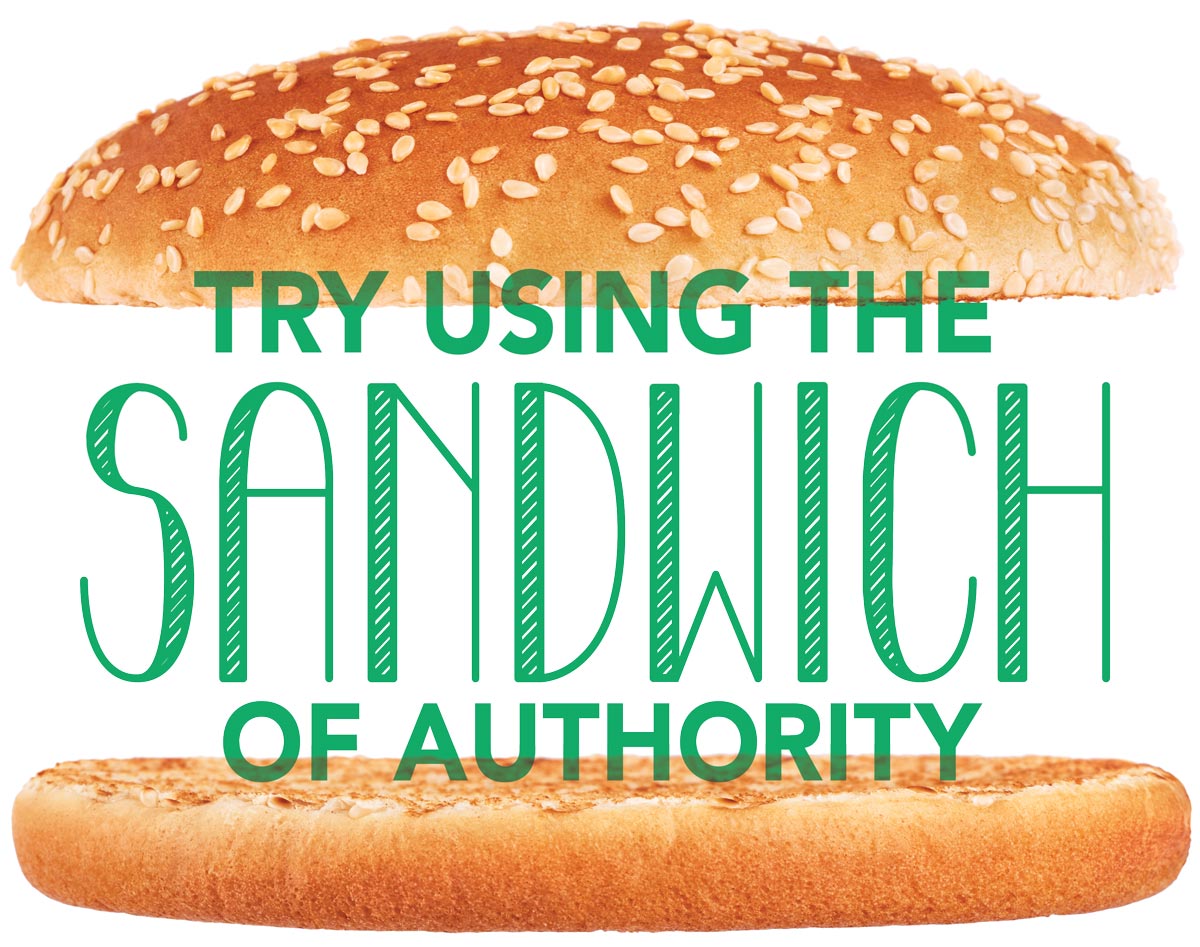
When you tell stories about your experiences, successes, and even failures, you position yourself as authentic and relatable. People trust those who are transparent and human.
- Top Slice: Establish your expertise with something like, “At Dom’s Daycare we’ve worked with over 500 dogs, and one thing we’ve learned is…”
- Meaty Core: Share the story itself, including a challenge, a success or a moment of insight.
- Bottom Slice: End with a call to action or a takeaway like, “Have you seen this in your dog? Let us know in the comments!”

Here are five stories you can tell—and re-tell—in your marketing to help you better connect with the dog owners:
1. Your Business Origin Story: People buy people, and dog owners especially want to know why you do what you do, so be sure to regularly tell your business origin story. What inspired you to want to help dog owners? This story is what makes your business unique.
2. The Story of Now: Turn your social media feed into a serialized soap opera with behind-the-scenes peeks at what happens each and every day. Instead of the same generic fluff your competition are posting on a daily basis, you’re telling them engaging stories of characters (dogs) that will keep them wondering what’s going to happen next.
3. Client Success Stories: Testimonials are the most underused resource in your marketing arsenal. Ask your best clients to share what impact your pet services have made in their lives. What is the story of their journey as a valued client at your facility?
4. Staff Stories: Who makes the magic happen behind the scenes in your facility? Tell stories about those key employees. Share personal details and stories of how you are developing your staff to make your service better.
5. The Story of What’s Next: In the TV Show West Wing, fictional President Bartlett used to have a great saying: “What’s next?” Well, your business always needs a “what’s next” too. Tease your clients with stories about upcoming themed enrichment activities you have planned and you’ll create an everlasting loop of excitement.
The best businesses aren’t just seen or heard; they’re remembered. And in the end, that’s what every pet owner wants: to trust, remember and recommend the people who take care of their furry family.
Dom Hodgson is Europe’s leading pet business coach, and is known as the Pet Biz Wiz. His mission is to help pet service providers create superior customer service systems that enable them to build an impactful and profitable pet business. Dom has written over nine books, and is a much in-demand speaker. You can instantly download a free copy of his latest book “How to Disnify Your Doggy Daycare Business” by going to www.petbusinessmarketing.com/daycaremagic


ith pet care facilities popping up all over the country in an economy showing little improvement, it’s more important than ever to make sure your facility stands out in the pack. And the perfect place to start is at Pet Boarding & Daycare Expo West!
Returning to the Horseshoe Las Vegas Hotel and Casino in Las Vegas, Nevada, May 5th-8th, this year’s event is packed with information to give your business the boost it needs to thrive in any economic climate. Staffing, marketing, pricing, playgroup management, building, financing, certifications…it’s all here!
The expo begins Monday afternoon with two exclusive four-hour seminars to choose from and continues through Thursday, offering nearly 50 hours of education. You’ll hear from the best in the business on everything from pricing services to disease prevention. One exclusive new addition to the schedule is the Professional Pet Boarding First Aid & CPR Certification Course, so be sure to bring your staff!
Joining us for Monday evening’s Keynote Address will be Pet Boss Nation’s founder and CEO, Candace D’Agnolo. Candace will deliver an inspiring and high-energy presentation to get attendees excited for the information-packed days ahead. Immediately following the Keynote Address will be a meet & greet, which will provide an opportunity to unwind and socialize. The Monday evening events are free to all registered attendees.
The ever-popular Round Table Luncheons, which will be held Tuesday through Thursday, are another great way to network and share stories with others in the business while enjoying a delicious meal. (Registration is required for luncheons—and they sell out fast!)
In addition to the unparalleled education and networking opportunities, the two-day trade show will be taking place Wednesday and Thursday, so come ready to shop! With a large line-up of vendors, everything you need for your pet care business will all be in one place.
In an industry where you can’t afford not to grow, innovate and stand out in the pack, there’s no better place to start than at Pet Boarding & Daycare Expo West!
For more information or to register, visit www.PetBoardingExpoWest.com


ot long ago, pet care facilities had more new-customer inquiries than they could dream of. With the boom of COVID pet adoptions and a post-pandemic revenge-travel surge, demand for pet care services exploded. For most, the phone rang off the hook—almost too much, at times. But things have changed, and today’s economy is a harsh wake-up call.
Costs have skyrocketed for both businesses and consumers. Pet parents don’t have the disposable income they were once eager to spend on their pets. To top it all off, an onslaught of new competitors flooded nearly every market, all of them vying for your customers and prospects.
This challenging combination of rising operational costs and a saturated market means progressive pet care businesses must find innovative ways to stand out to new customers, connect with existing ones and generate necessary (and hopefully optimal) revenue.
Outbound calls not only foster a better relationship, but they’re also a powerful tool to boost occupancy, streamline operations and maximize revenue year-round. Let’s explore the different types of outbound calls and how to make them work in your company.
A steady flow of new customers is essential to the health and growth of a pet care business. Proactively reaching out over the phone to prospective clients makes a stronger impression, differentiates your business and lays solid groundwork for the customer relationship. So, what kinds of outbound calls can help capture more leads before they’re swept up by a competitor?
- Prospects Who Didn’t Book: Despite your best efforts, some new prospects will inevitably choose not to book for any number of reasons. Maybe they needed to discuss with their spouse or had to double check their vacation dates. These leads are ripe fruit on the vine and will fall off—or be picked by someone else—if you don’t reach for them. It’s worth the time and effort to reconnect with these pet parents, build that ever-important human connection and stay at the front of their minds.
- Event Follow-Up: Did you recently have an open house event, puppy social session or booth at a local fair? These are great opportunities to meet prospects and, ideally, get their phone numbers. Follow-up calls remind attendees about your business, answer their questions and encourage them to schedule future services.
- Evaluation Follow-Up: Not every daycare or training evaluation customer will book a service on the spot. Reaching back out on the phone gives you a chance to address any lingering questions, showcase the benefits of your services and encourage the customer to commit to booking. These proactive calls highlight your dedication to personalized care and can help hesitant customers make confident decisions.
- Special Offers: Special offers can be compelling and useful for any of the types of calls described below. Whenever you’d like a customer to come back or try a new service, consider offering them a special discount or coupon—they’re much more likely to book if you give them an incentive.
- Event Invitations: Invite clients to themed daycare days, holiday events or puppy social sessions to keep your valuable clients engaged with your company. This also helps build your reputation as a fun, engaging and unique place for pets.
- Repeat and Holiday Bookings: Consider calling clients who haven’t visited in a while to invite them to come back—especially well in advance of peak periods like summer vacations or the winter holidays. This lets you be choosier with the types of clients you want to reserve space for over a peak period, such as those who purchase more activities or have young, active dogs.
- Service Cross-Promotion: Customers who already use one of your services are often willing to try others. Familiarity builds trust, so use that connection to encourage them to try additional services, whether it’s lodging, daycare, grooming, bathing or training. Even if they decline, you’ve made them aware of your other services.

You have several options to confirm reservations: text, email or phone. In a business where trust and communication are critical, texts and emails are generic and too easy to miss in a sea of notifications. Here’s why outbound phone calls are the best choice:
- Obtain Confirmation Easily: You’re more likely to get confirmation quickly and efficiently if you reach out on the phone. This verbal reminder helps prevent clients from missing or canceling last-minute so you can be better prepared and avoid empty enclosures.
- Opportunity to Upsell: A friendly confirmation call is the perfect opportunity to introduce lucrative add-ons, like activity package upgrades or grooming services, enhancing the customer’s experience while supplementing your revenue.
- Communicate Policies: A phone conversation provides the platform to nicely communicate policies, collect deposits and address any questions upfront. This proactive approach enhances the customer’s experience, keeps operations organized and reduces misunderstandings at check-in.
These are just some of the ways pet care companies can utilize outbound calls to create and improve customer relationships. However, it’s not enough to just make calls—they need to be made effectively. Next we’ll explore strategies and best practices to ensure your outbound calls are professional, engaging and impactful.
Ultimately, team members who have been screened and properly trained will usually be the most effective. Why? Training sharpens their communication skills, ensures consistent messaging and reinforces professionalism, all while leading to the best outcomes. To ensure your calls resonate with clients and yield the best results, consider including these strategies in your phone training:
- Personalization: Address clients and their pets by name to make the interaction warm and friendly. Enthusiasm, positive language and affirmations can make the customer feel even more welcome.
- Script Preparation: A well-crafted, standardized script helps ensure consistency and clear communication while leaving room for natural conversation. Provide a copy to each phone team member and ensure they use it faithfully.
- Handle Objections Gracefully: Be prepared to address common concerns and offer solutions. This can often make or break the outcome of the call.
- Focus on Benefits: Highlight how your services will improve the pet’s wellbeing or make the customer’s life easier. Help them visualize the high level of care and wonderful amenities your company provides.
- Daily Calls: Aim to make calls daily, particularly during slower periods, to fill downtime productively and maintain a steady schedule of customer engagement.
- Call Monitoring: Make use of a call-recording service to track the results of your calls, such as conversion, script usage, customer reception and effectiveness of training. This highlights what’s working while identifying opportunities to improve.
Outbound phone calls may seem like a small task, but their potential to increase revenue, strengthen client relationships and support efficiency can’t be overstated. By integrating them into your business strategies, you’ll not only enhance your bottom line, but also your reputation as a trusted and customer-focused pet care provider. It’s time to pick up the phone and watch your business thrive—in even the toughest economies.
Laura Laaman is president of Outstanding Pet Care. If you’re interested in growing your revenues with our proven and guaranteed services, schedule a consultation by calling 1-888-836-8740 or visiting www.outstandingpetcare.com/contact.





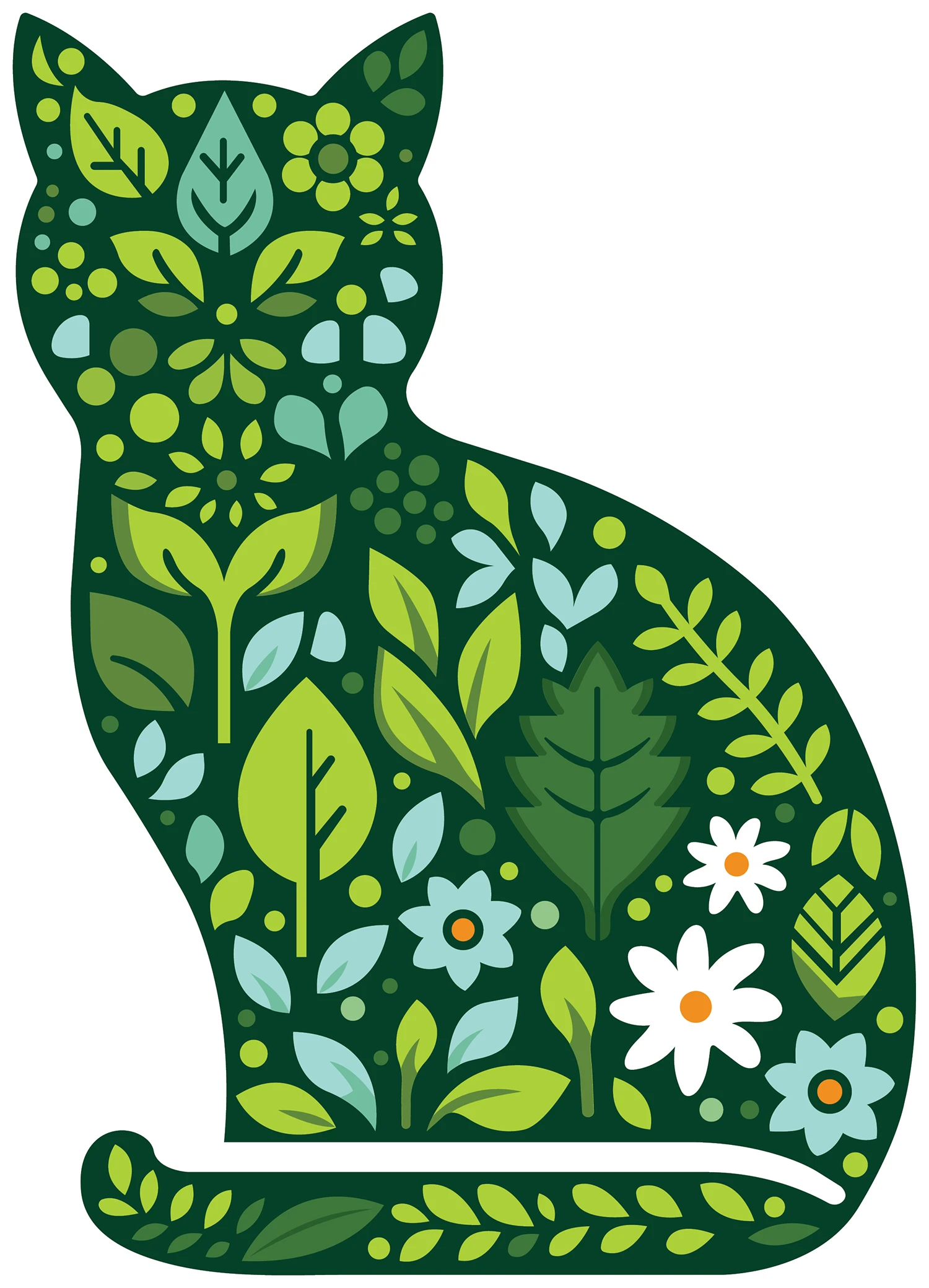
 s a pet service provider, your clients are depending on you to give their furry friend the best enrichment possible. For dogs, a quick romp in a playroom or an outdoor yard will suffice and be sure to tire them out. But what about your guests of the feline persuasion?
s a pet service provider, your clients are depending on you to give their furry friend the best enrichment possible. For dogs, a quick romp in a playroom or an outdoor yard will suffice and be sure to tire them out. But what about your guests of the feline persuasion?
It’s no secret that cat owners—especially those who have indoor-only cats—often don’t give them enough enrichment. Cats need toys and attention just as their canine counterparts, and you can provide that special interaction to make their stay the very best it can be.
Feline behaviorists think one of the best enrichment toys for a cat is either catnip or the lesser-known silver vine (Actinidia polygama). Joey Lusvardi, a certified cat behavior consultant and the owner of Class Act Cats in Minnesota, often recommends catnip and silver vine to his clients.
“Both of them put cats in a good mood,” explains Joey. “They’re particularly useful for helping cats adapt to new environments, like at a boarding facility, because of their improvement in mood. They get cats to play so they feel great and feel happier being at a new place.”
Both catnip and silver vine contain a unique blend of components from a class of chemicals called iridoids. Silver vine tends to produce a stronger and longer response than catnip, which is why it works on more cats than catnip. Some pet parents report their cats having the silver vine “high” for as long as 30 minutes.
Silver vine can be found in most pet shops and online pet stores. And it’s easy to use—just put it where you want a cat to play, sleep or hang out. BCM Veterinary Research Journal conducted a study1 and found the most powerful form of silver vine, having the most impact on cats, is the plant in powder form. It also comes in sticks, although behaviorists say while they’re great to clean teeth, fragments can break and become a choking hazard.
Still, many cat parents vow that catnip is the way to go, especially if it’s high quality and organic. Kris Kaiser, the marketing manager for Yeowww! Catnip toys, says her company’s products have a cult-like following, thanks to its unique, proprietary catnip.


If a cat owner tells you their pet doesn’t respond to catnip, they probably have a toy which has very little catnip in it. It is recommended to try other toys that are strictly catnip before deciding a cat doesn’t like it. Just like people, though, all cats are individuals, and you may have one in your care that doesn’t respond to either plant, which is pretty rare.
Catnip is a member of the mint family of herbs. The compound in catnip called nepetalactone is what cats respond to. Licking, tumbling, “bunny kicking,” rubbing and slobbering, which typically lasts for about 20 minutes, is a typical reaction to catnip. But ironically, for some cats, catnip can have a calming effect.
One of the other benefits of both herbs is that they have great mosquito-repelling effects, which is a natural form of pest control for cats. If a cat rubs the plant material all over themselves, mosquitoes won’t want to touch them.
Of course, it is possible to get too much of a good thing. Whether you use silver vine or catnip, felines can build up a tolerance, which diminishes its response. It’s recommended to put the herbs away and bring them back a few hours later or another day to help reset the cat. Just like their other toys, cats can get bored of them easily.
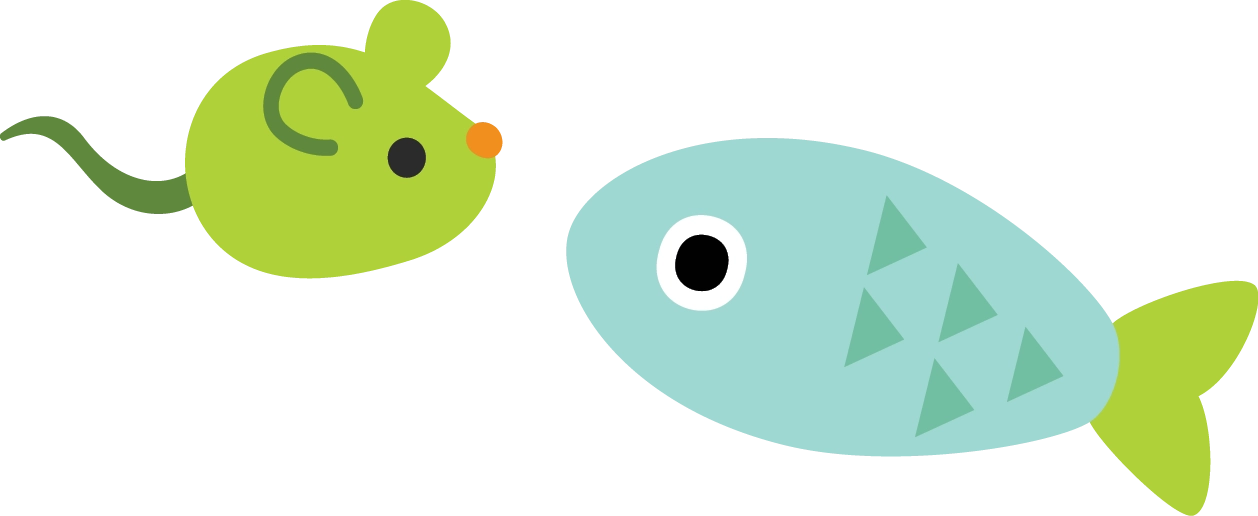
These plants are an ideal way to entertain your feline boarders, but don’t forget that they are not a substitute for human interaction. Cats need people, and there’s nothing better than a good interactive play session, in addition to their catnip or silver vine time. Help your kitty guests forget they’re not at home, because the fun just doesn’t stop!
- Bol, S., Caspers, J., Buckingham, L. et al. Responsiveness of cats (Felidae) to silver vine (Actinidia polygama), Tatarian honeysuckle (Lonicera tatarica), valerian (Valeriana officinalis) and catnip (Nepeta cataria). BMC Vet Res 13, 70 (2017). https://doi.org/10.1186/s12917-017-0987-6
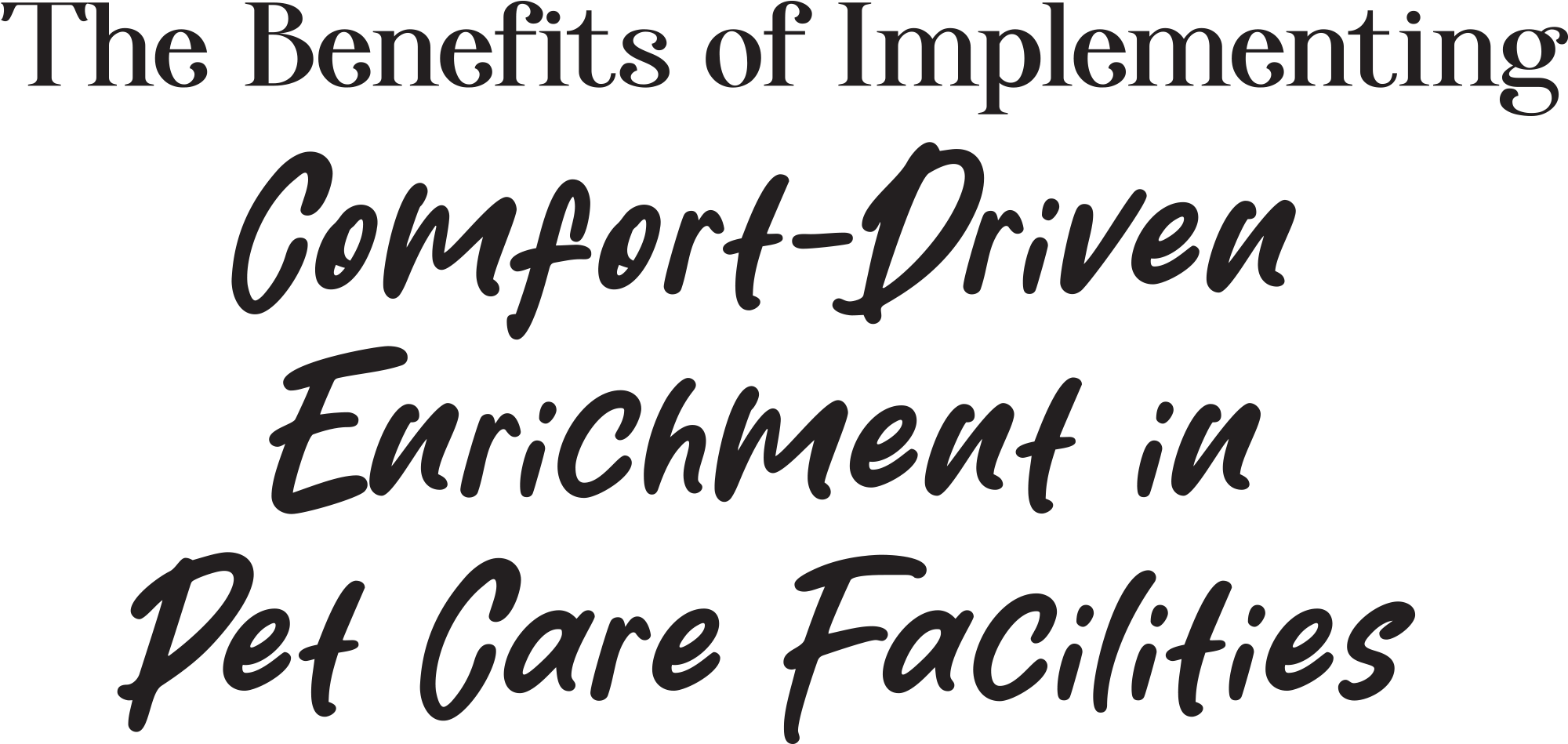

By Fred Silber
 he pet care industry is evolving as more facilities recognize the benefits of creating comfort-driven, home-like environments that support pet wellbeing. By integrating familiar elements and prioritizing standards, pet care facilities can transform into stress-reducing spaces that promote relaxation and better health. The adoption of comfort-driven enrichment practices not only enhances pet experiences, but also offers financial advantages, increasing facility success and client loyalty.
he pet care industry is evolving as more facilities recognize the benefits of creating comfort-driven, home-like environments that support pet wellbeing. By integrating familiar elements and prioritizing standards, pet care facilities can transform into stress-reducing spaces that promote relaxation and better health. The adoption of comfort-driven enrichment practices not only enhances pet experiences, but also offers financial advantages, increasing facility success and client loyalty.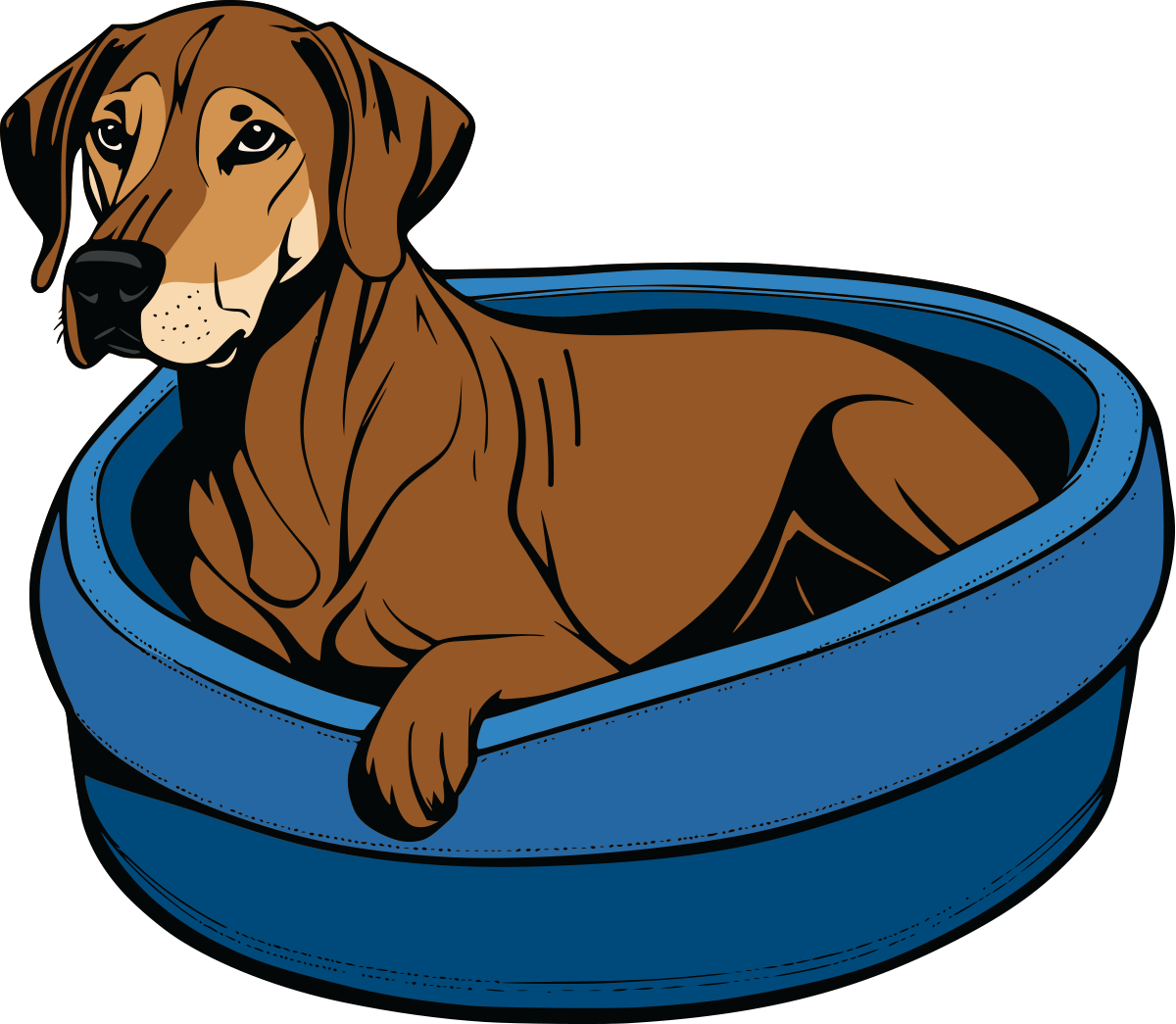
This sense of security aligns with findings from the Journal of Veterinary Behavior, which noted that dogs in enriched environments showed more relaxed behaviors and reduced signs of anxiety. Canine Center for Behavioral Studies (CCBS) also emphasizes that soft bedding and enclosed spaces play a vital role in reducing stress and enhancing pet wellbeing.
Reducing stress has a direct impact on a pet’s health. Elevated cortisol levels from chronic stress can lead to various health risks, including immune suppression, digestive issues and behavioral changes. Safe, comfort-enriched environments in pet care facilities mitigate these effects by providing spaces that promote relaxation and decrease cortisol levels in pets, enabling them to return home healthier and happier.
Metrics indicate that facilities see significant financial returns after implementing comfort-driven practices. For example, pet care businesses report a 15% increase in revenue, with an opportunity to achieve a return on investment within just 60 days due to increased client loyalty and retention. By focusing on comfort-driven enrichment, facilities create a unique value proposition that sets them apart from standard boarding options, building a loyal client base and enhancing overall business success.
The shift towards comfort-driven enrichment in pet care facilities marks an important evolution in pet care. By incorporating home-like elements, facilities can create environments that cater to pets’ natural preferences for security and comfort. This approach has far-reaching benefits, from promoting pet health and emotional wellbeing to enhancing client satisfaction and improving facility profitability.
As pet owners increasingly seek boarding options that prioritize comfort and care, pet care facilities that integrate comfort-enriched environments will stand out in the industry. Businesses can continue to build on these practices by introducing innovative comfort-driven solutions, thereby ensuring that pets have positive, stress-free experiences even when away from home.
- Center for Canine Behavior Studies (CCBS): https://www.centerforcaninebehaviorstudies.org/
- Pet Therapeutics Case Study: https://pettherapeutics.net/case-study/
- Sensory Enrichment for Dogs – A Complete Guide: https://enrichyourdogslife.com/sensory-enrichment-for-dogs-a-complete-guide/
- Dare, P., & Strasser, R. (2023). Ruff Morning? The Use of Environmental Enrichment during an Acute Stressor in Kenneled Shelter Dogs. Animals, 13(9), 1506. https://doi.org/10.3390/ani13091506
Fred Silber is a seasoned professional with over 15 years of experience in developing consumer pet furniture. As the founder and CEO of Pet Therapeutics, he has been instrumental in creating comfort-driven solutions that enhance pets’ wellbeing. Fred’s innovative approach has led to the development of products that engage pets’ senses, particularly focusing on tactile enrichment. His work has significantly contributed to advancing the pet furniture industry, ensuring that pets enjoy both comfort and enrichment in their environments.
Profile of Success

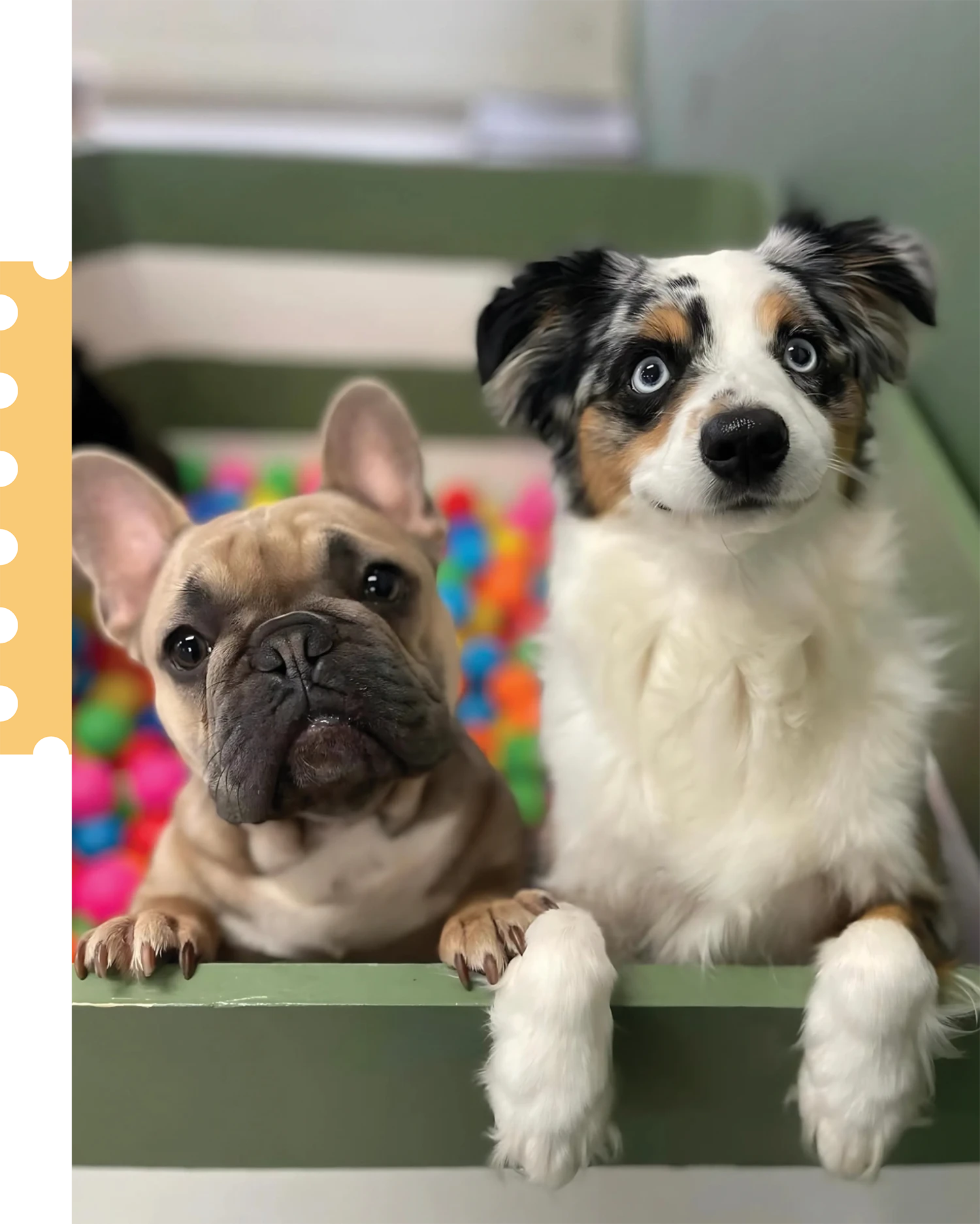
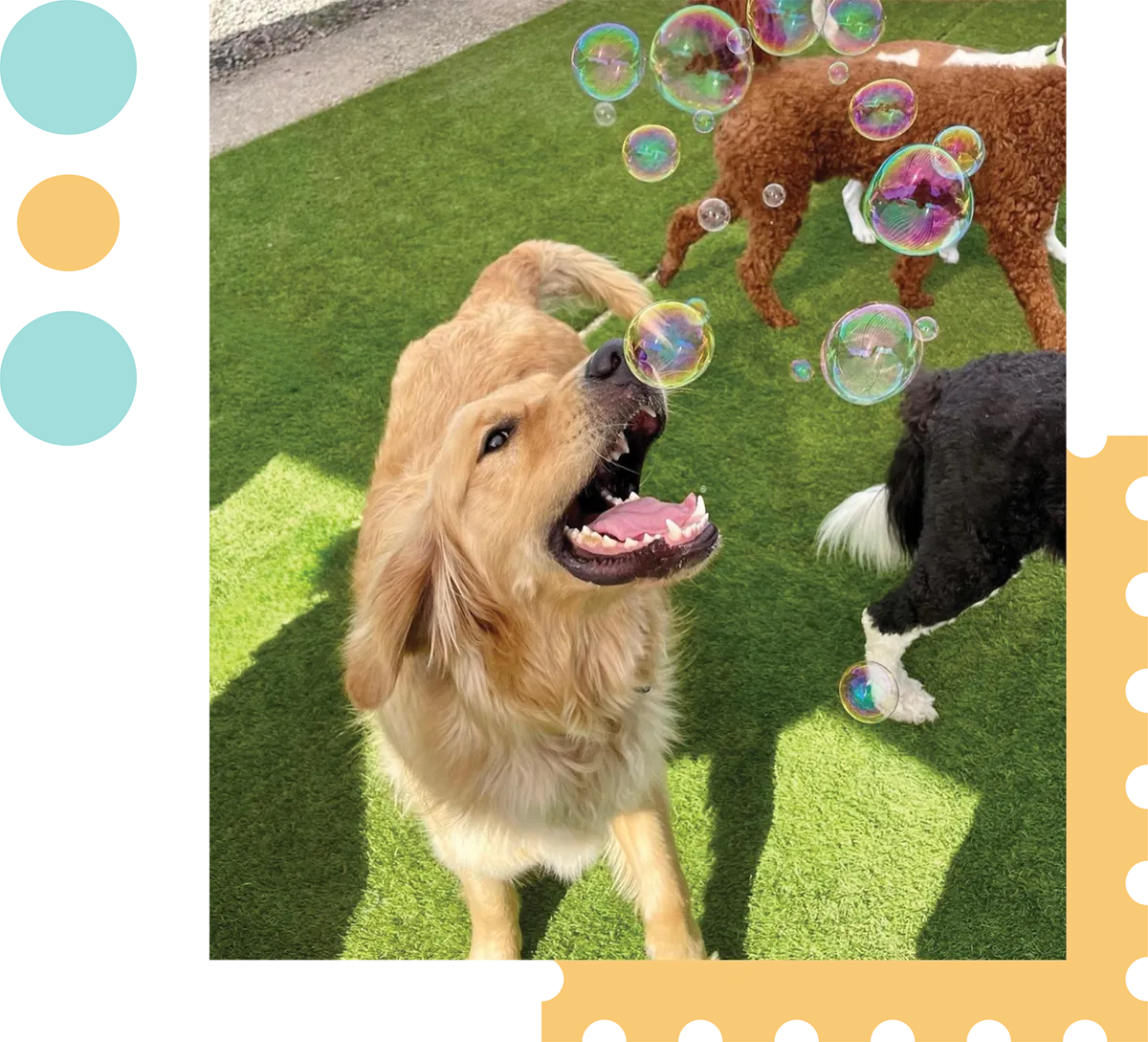

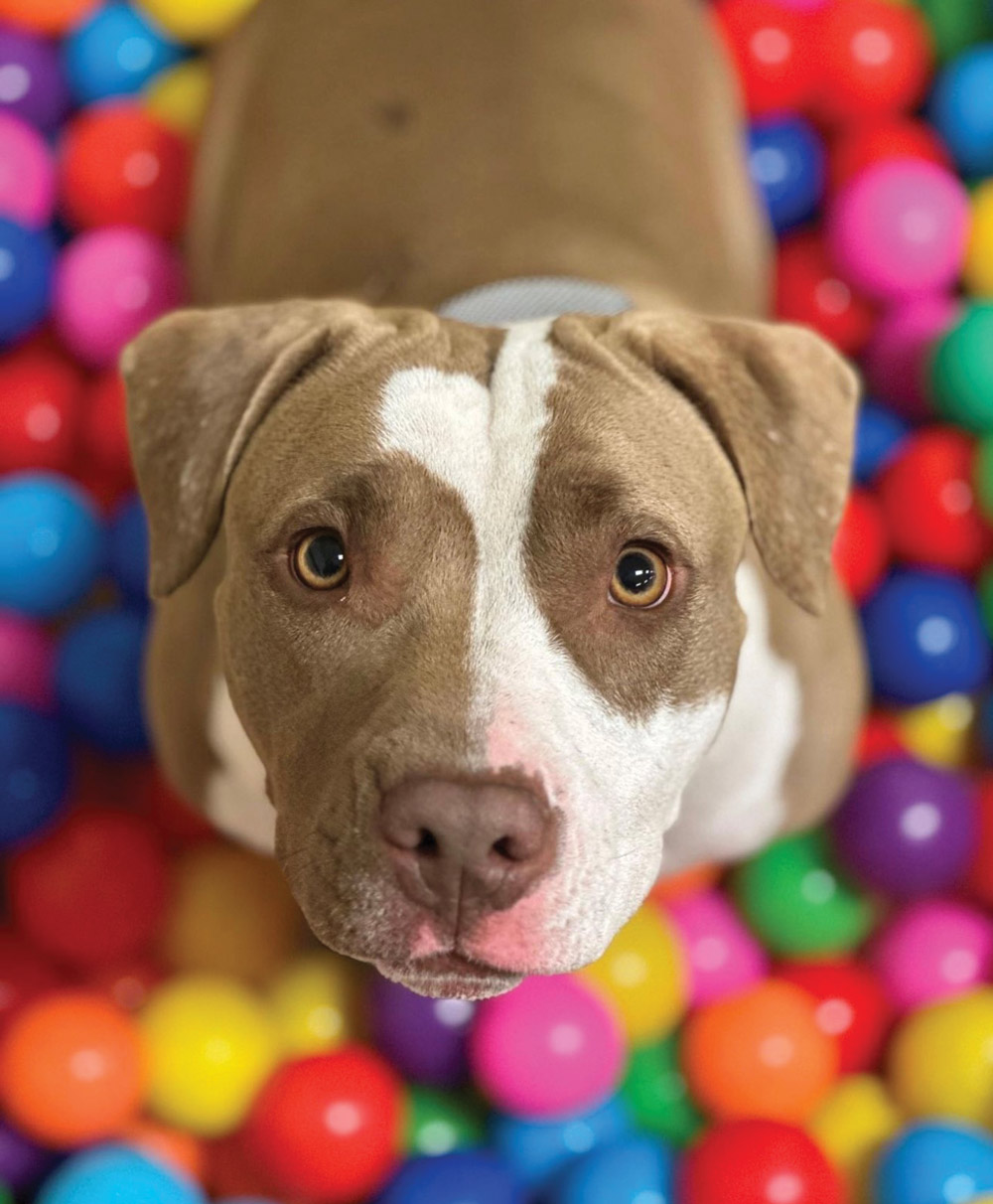


By Kathy Hosler
Photos by Magnolia Mutts Boarding & Daycare




By Kathy Hosler
Photos by Magnolia Mutts Boarding & Daycare


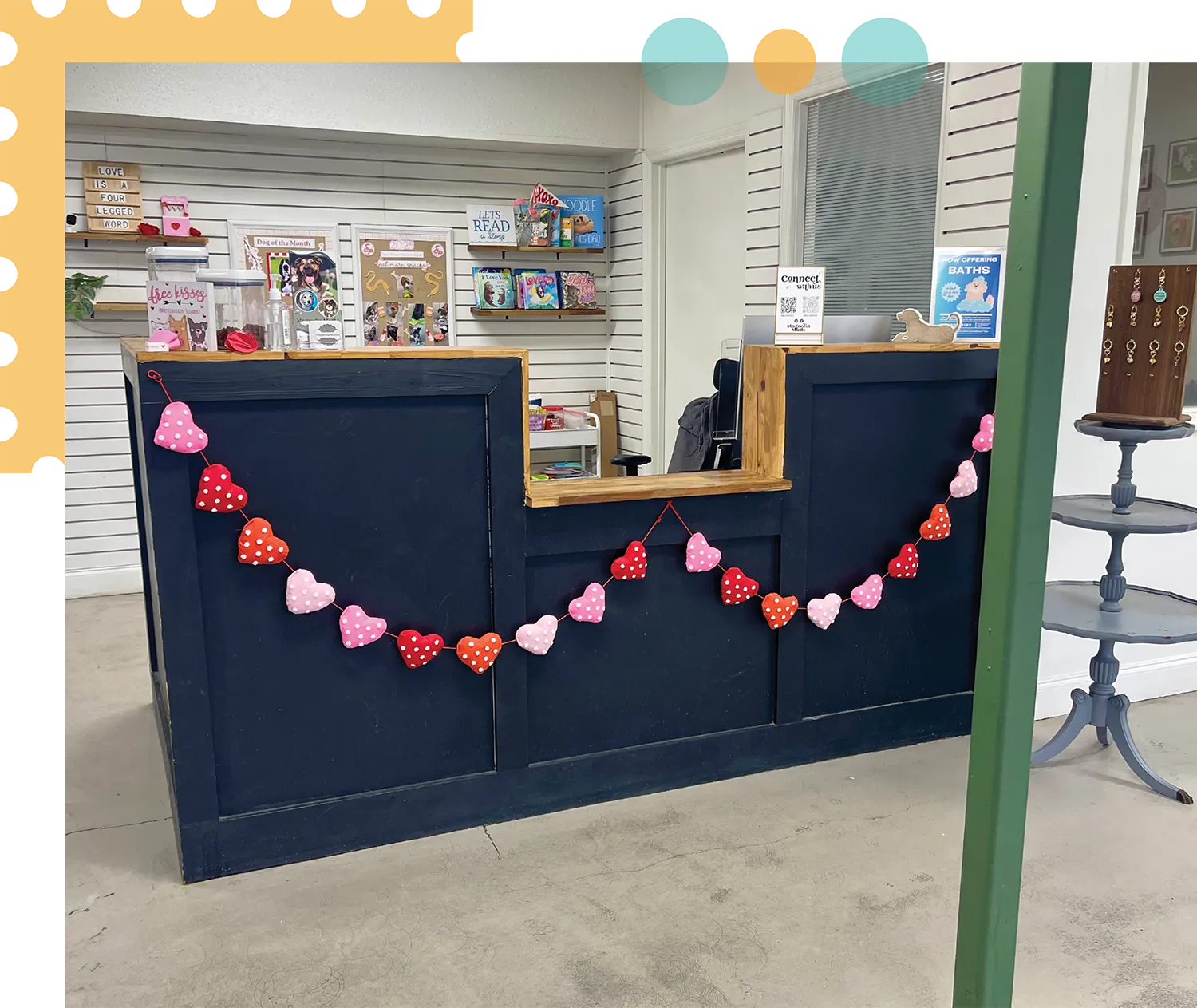
 t’s always been puppies over profits at Magnolia Mutts Boarding & Daycare located in Fultondale, Alabama. But almost as soon as they opened their doors, they found their niche and the profits followed.
t’s always been puppies over profits at Magnolia Mutts Boarding & Daycare located in Fultondale, Alabama. But almost as soon as they opened their doors, they found their niche and the profits followed.
Kaylin Harris and Lauren Startley did not originally set out to open a woman-owned-and-operated pet care center. Even though they both had plenty of love for and experience in working with animals through their own dogs and during their nine years of volunteer work at the local humane society, they had other plans for their future. Kaylin and Lauren both became nurses.
Kaylin gave it her best effort, but she was unhappy and ultimately realized that a nursing career was not for her. Her longing to work with animals was always there, and she wished she could find a way to make it happen.
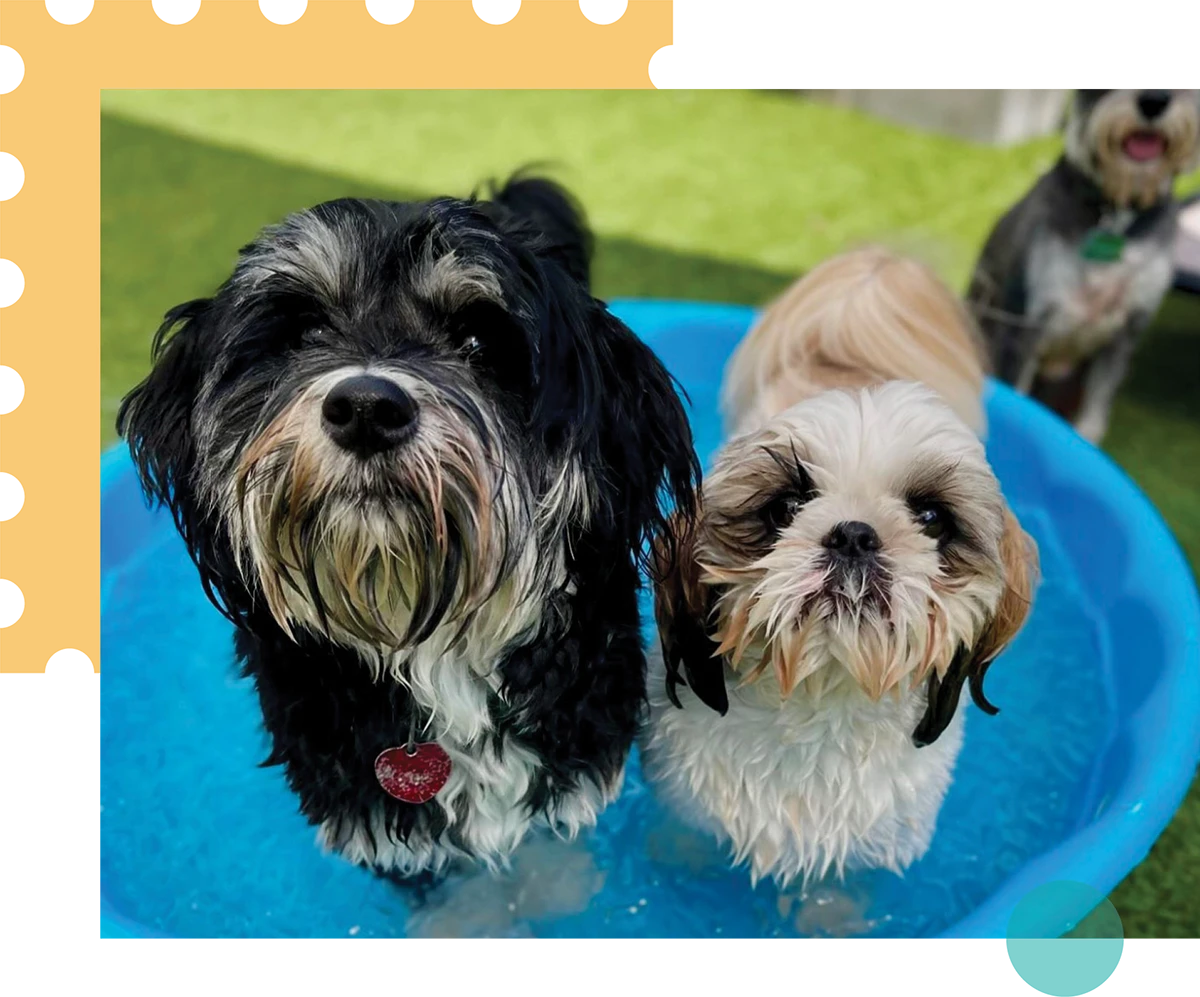
Co-Owner of Magnolia Mutts Boarding & Daycare
Soon after, they watched the movie We Bought a Zoo and heard the quote, “All you need is 20 seconds of insane courage and something good will come of it!” which was all the couple needed to hear to take the plunge into entrepreneurship in the pet care industry.
“It feels impossible until you do it,” Kaylin shares. “It was such an overwhelming idea when I first had it. I was not a business person; I was a nurse and pet parent. But, I had a great support system. My wife, Lauren, was fully onboard with it and said ‘Yes, let’s do this!’ So, we made up our minds that we were going to do it and we hit the ground running. We found our building in the spring of 2022 and opened in October of 2022.”
“We started out really small; actually on a shoestring,” explains Kaylin. “We started with crate boarding. As we got more reservations, we got more crates. Our business is daycare based and all of our boarders receive daycare at no additional cost. The pups enjoy being in the play groups all day and we put them up at night.
“People tell us it’s like dropping their dog off at a fun Aunt’s house,” she continues. “They are going to have fun and get loved on. I think we have a softer kind of energy that’s comforting and reassuring.”
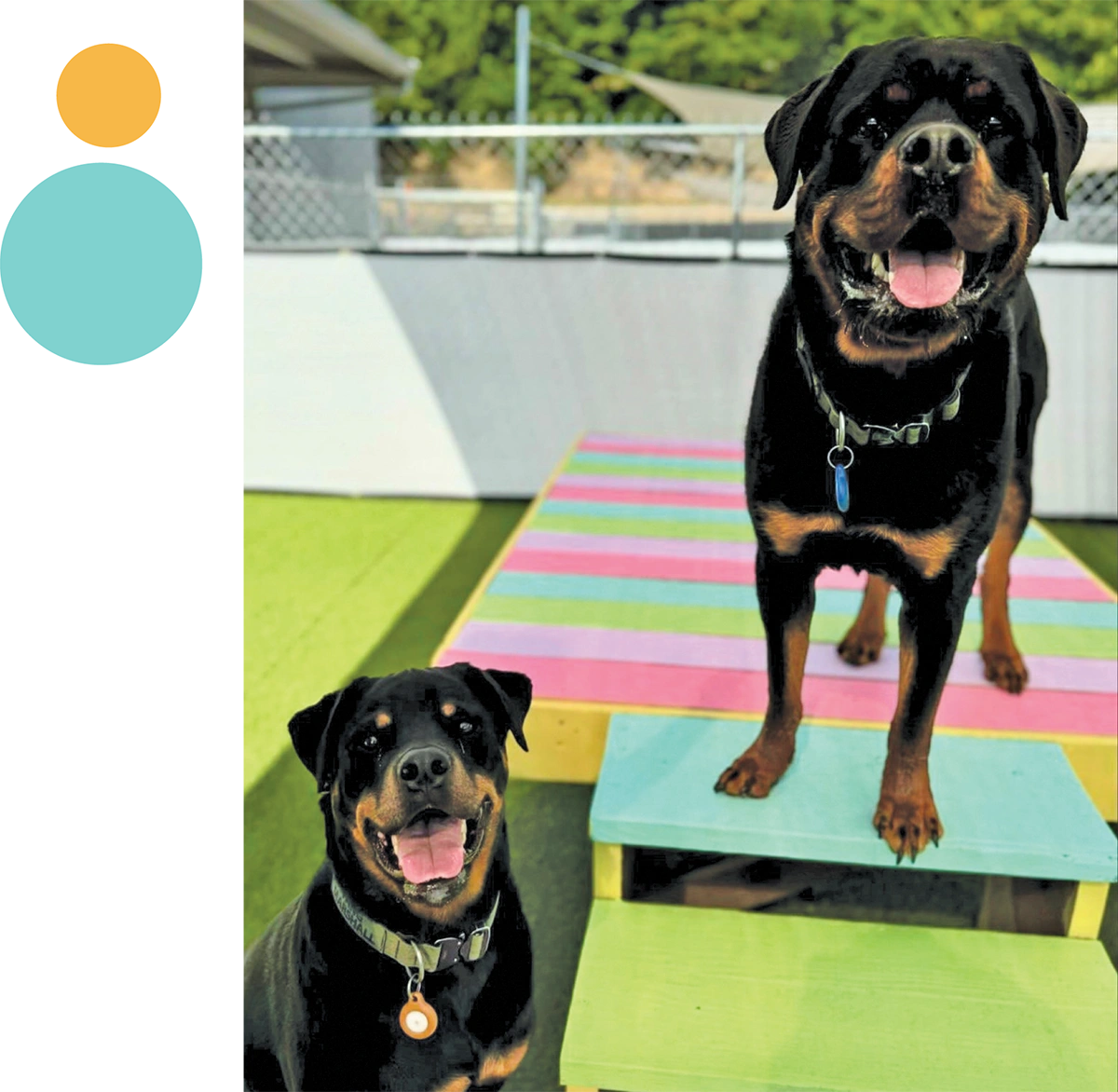
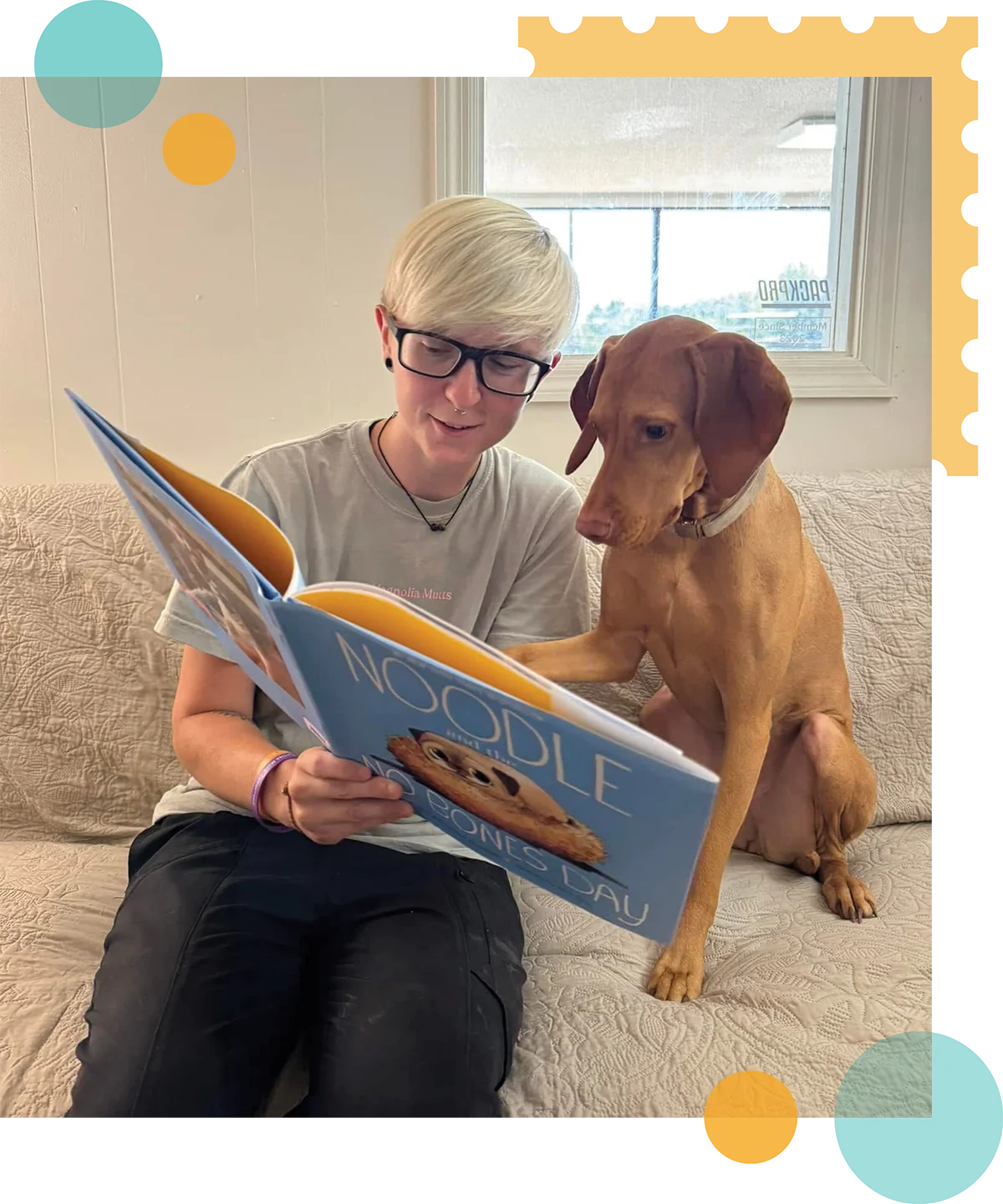
 activities. They also offer add-ons, like reading the dog
activities. They also offer add-ons, like reading the dog  and preparing treats for them.
and preparing treats for them.“Our staff is fantastic,” Kaylin shares emphatically. “We have a great team of ten of us now. We use the PackPro training videos and handbook to train our team members. We educate our staff members on enrichment procedures and how to take terrific photos of the pups.”
Magnolia Mutts has indoor and outdoor play yards. They focus on small play groups of 15 dogs or less and do hourly enrichment activities that are very interactive with the handlers and personalized for the dogs. They offer daycare packages, multi-dog discounts and run occasional specials.
“I wanted to structure Magnolia Mutts so that the owners knew their dogs were getting the services they selected,” she continues. “So I came up with the idea of taking photos of the dogs having fun and participating in the activities their owners requested, then sending the photos to the pet parent. It has been a bigger hit than I ever expected.”
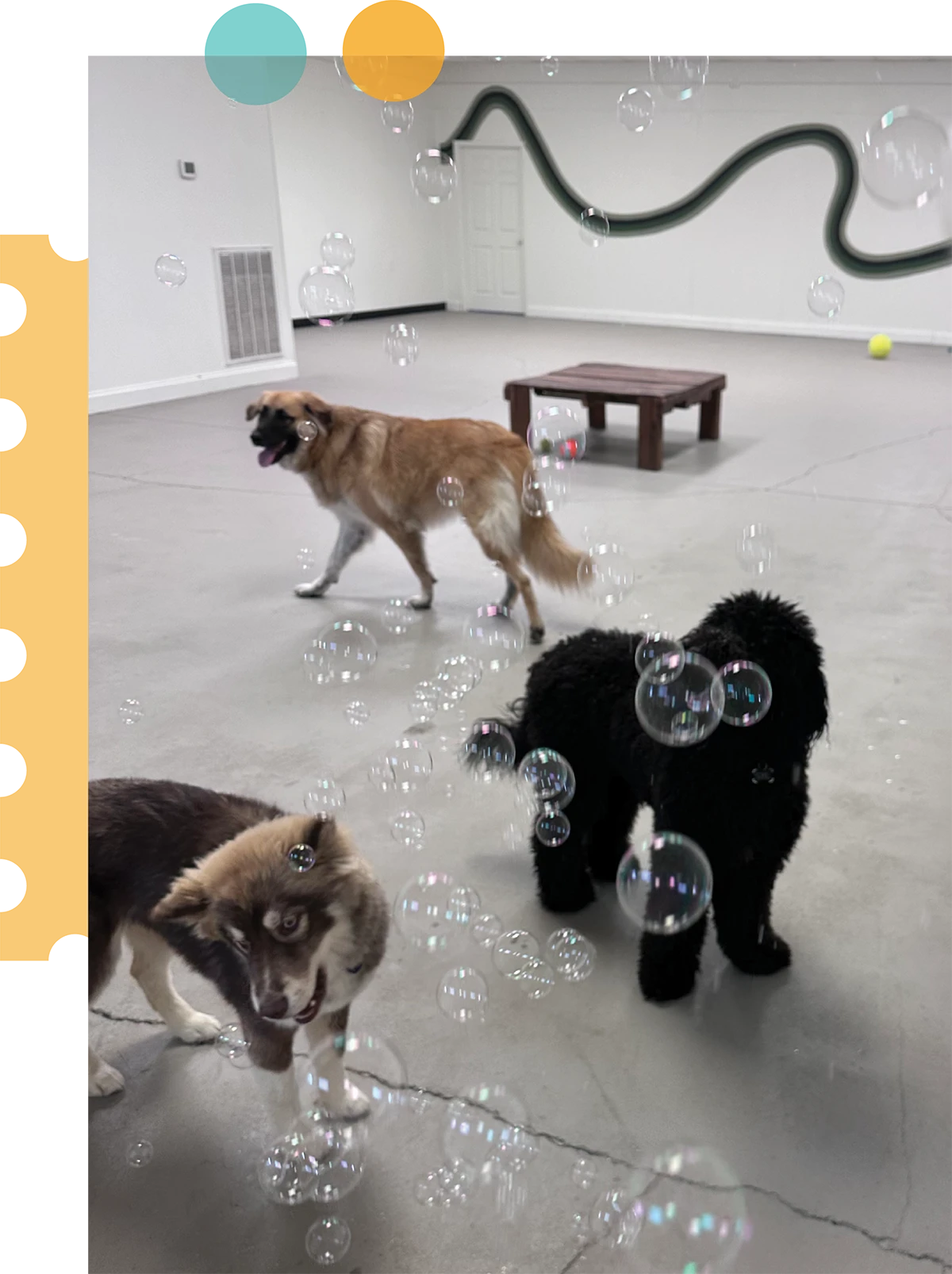
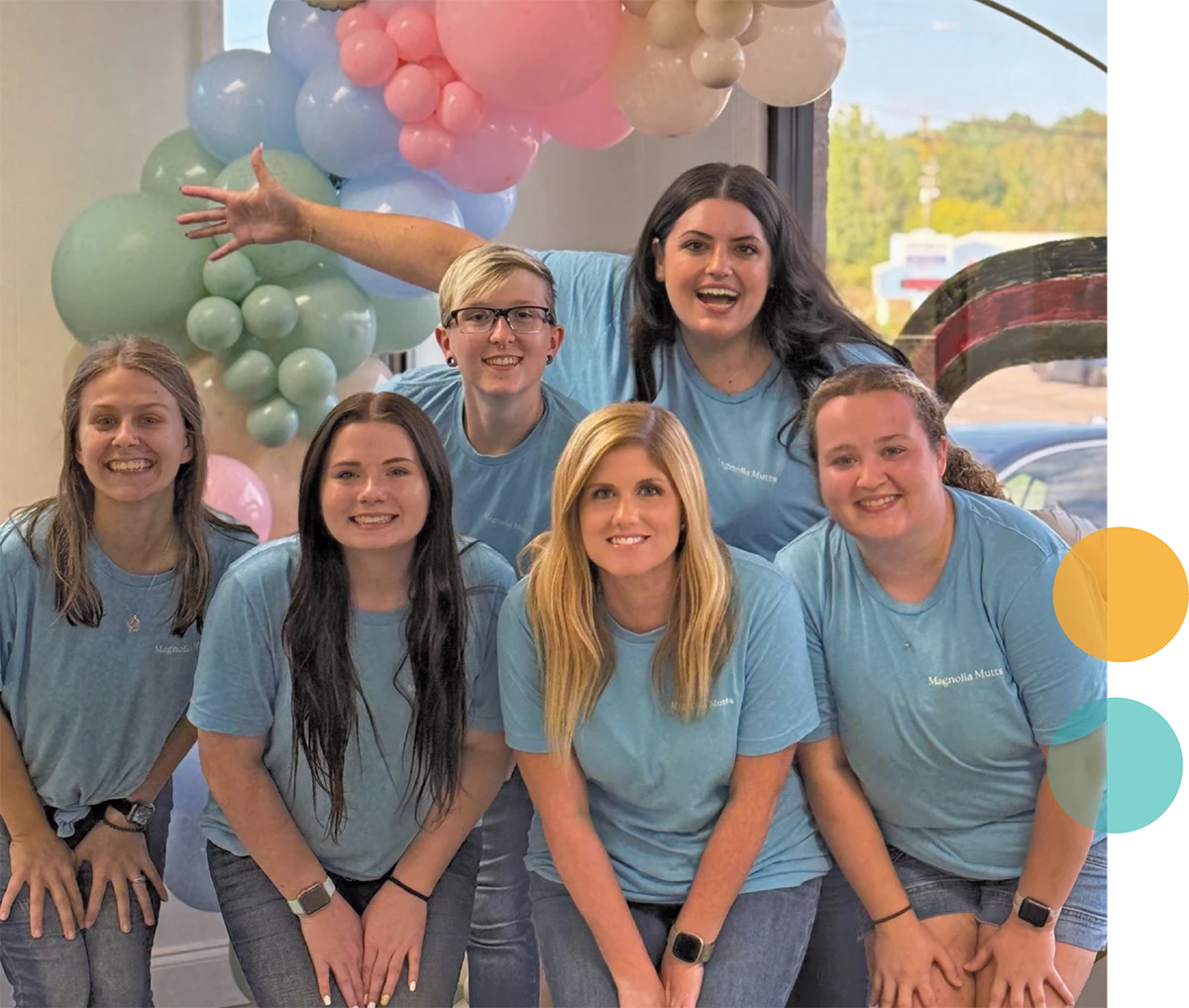
“This works better than report cards for us,” Kaylin admits. “It has been one of our best marketing strategies. The owners share the photos with family, friends, and co-workers, and that brings more business to us. Word-of-mouth advertising is priceless.
At Magnolia Mutts they have a dog of the month, which their staff votes on. The winner gets a toy and treat and the dog’s photo is featured on the board in the lobby. The parents also receive a discount on future packages.
Capitalizing on birthdays is another opportunity for fun. The birthday dog gets a party, complete with a pup cup, birthday hat, decorations and a birthday photo. Additionally, they do craft activities. For example, on Mother’s Day they made cards with the dogs’ nose prints on them, which said, “Mom nose best!”



 ,
,“We just now passed our two-year mark,” Kaylin proudly shares. “We are in the process of deciding whether to do a big renovation at our present location or buy a building that will accommodate our growing customer base.”
Magnolia Mutts Boarding & Daycare was built on the premise of puppies over profit, but through hard work and “insane courage,” they have both!

 hen you’re running a pet care business, it might seem logical to offer as many services as possible to attract a broader audience. After all, more options means more clients, right? Not necessarily…Sometimes, focusing on a specific niche can be the key to unlocking greater success and growth for your business.
hen you’re running a pet care business, it might seem logical to offer as many services as possible to attract a broader audience. After all, more options means more clients, right? Not necessarily…Sometimes, focusing on a specific niche can be the key to unlocking greater success and growth for your business.For instance, if you focus on senior dogs, your facility can cater to their unique requirements, like providing softer flooring, ramps and quieter spaces. Dog owners will appreciate the tailored approach, knowing their pets are in capable hands.
Another advantage of specializing is that it simplifies your operations. By narrowing your focus, you can streamline training for your team, refine your processes, and invest in equipment or spaces specifically suited to your niche. This can result in reduced overhead costs and improved service quality.





Next, consider your personal interests and expertise. What types of dogs or services excite you? If you’re not passionate about your niche, it will be difficult to sustain your commitment long term.
Finally, think about feasibility. Do you have the resources, facilities and staff to cater to your chosen niche? For instance, a focus on enrichment might require additional training for staff or specialized equipment.
Here are five steps to follow that will put you well on your way to implementing your chosen specialization:






Specializing doesn’t mean doing less; it means doing one thing exceptionally well. By narrowing your focus, you can attract the right clients, create a loyal community and position your business as a leader in your field. So take a step back, evaluate your passions and market needs, and consider how specialization could be the game-changer your pet business needs.
Fern is the founder of Overdog Digital, a digital marketing & consulting agency that helps dog daycare and boarding facilities attract, convert, and keep more customers by creating winning marketing campaigns and providing the business guidance to build momentum and spark long-term growth. Fern also has programs to train daycare staff, is a dog behavior consultant, and has a dog training business in New Jersey. He is the author of eight books and a popular speaker at national conferences and private events. To join The Dog Daycare Business Think Tank or ask a question, go to: www.facebook.com/groups/dogdaycarethinktank

ADDRESSING THE PET
OBESITY EPIDEMIC
By Kara M. Burns, MS, MEd, LVT, VTS
 o ensure good health and a long life, pets depend on their caregivers for appropriate healthcare, proper nutrition and love. This is the bond—the unspoken love and affection between people and pets. But, what happens when the bond leads to health issues such as obesity? Pet care professionals understand that pet owners love their pets; however, too often, it’s obvious that they are loving their pets too much…with food.
o ensure good health and a long life, pets depend on their caregivers for appropriate healthcare, proper nutrition and love. This is the bond—the unspoken love and affection between people and pets. But, what happens when the bond leads to health issues such as obesity? Pet care professionals understand that pet owners love their pets; however, too often, it’s obvious that they are loving their pets too much…with food.
One study found that pet owners show affection toward their dog or cat with food, with 71% of dog owners stating they showed affection by giving treats and 42% stating they show affection by giving human food. Additionally, 44% of cat owners said they gave treats and 25% gave human food to their cat as a way of showing affection,1 thus proving owners believe that to show their pets love is to give them food, especially treats.
Obesity can be defined as an increase in fat tissue mass sufficient to contribute to disease. Dogs and cats weighing 10-19% more than the optimal weight for their breed are considered overweight; those weighing 20% or more above the optimum weight are considered obese.3
A combination of excessive caloric intake, decreased physical activity and genetic susceptibility are associated with most cases of obesity. The primary treatment for obesity is reduced caloric intake and increased physical activity.
Obesity also affects quality of life and leads to reduced life expectancy. In dogs, lifespan was increased by nearly two years in those that were maintained at an optimal body condition.4
Physical activity is the most variable component of energy expenditure, and it allows for the owner and pet to exercise together. It’s been shown that when owners participate in an exercise program with their dog, they are more likely to continue participating in the program.5 An exercise program can and should start simply. For example, throwing a ball a couple of times or walking the dog to the end of the driveway and back.
For cats, playing with interactive toys for a few minutes a day would be a great way for owners to start spending more time with their cat. A recent study showed significant connections between cat playfulness and the number of games played with the cat’s improved quality of life.6 Again, time spent playing or exercising should be gradually increased.
Pets share a special bond with their owners, just as pet owners share a special bond with their pets. And there are many ways to strengthen this bond while not increasing potential health risks associated with lavishly offering food and treats!
- Marcellin-Little, DJ. (2011). Therapeutic Exercises. Practical Weight Management in Dogs and Cats. Pp 308-357. Wiley Blackwell, Ames, IA.
- 2022 Pet Obesity U.S. Prevalence Survey. (2022). Association for Pet Obesity Prevention. https://www.petobesityprevention.org/2022
- Toll, PW., Yamka, RN., Schoenherr, WD., Hand, MS. (2010). Obesity. Small Animal Clinical Nutrition, 5th ed., MMI, KS, 501-542.
- Roudebush, P., Schoenherr, WD., Delaney, SJ. (2008). An evidence-based review of the use of therapeutic foods, owner education, exercise, and drugs for the management of obese and overweight pets. J Am Vet Med Assoc 233:717–725.
- Kushner, RF., Blatner, DJ., Jewell, DE., et al. (2006). The PPET Study: People and pets exercising together. Obesity (Silver Spring) 14:1762–1770.
- Henning, J., Nielsen, T., Fernandez, E., Hazel, S. (2023). Cats just want to have fun: Associations between play and welfare in domestic cats. Animal Welfare, 32, e9, 1–11
Kara Burns is a licensed veterinary technician with a master’s in physiology and in counseling psychology. She is also Founder and Past President of the Academy of Veterinary Nutrition Technicians, and teaches nutrition courses around the world, is an independent nutritional consultant, the Director of Veterinary Nurse Development for WellHaven Pet Health, and Editor in Chief of Today’s Veterinary Nurse. Ms. Burns has authored many articles, textbooks, and textbook chapters. She was also named the North American Veterinary Conference Technician Speaker of the Year in 2013, 2016, and in 2021, and was granted an honorary VTS (Internal Medicine) in 2011 and an honorary VTS (Dentistry) in 2012.
New Products
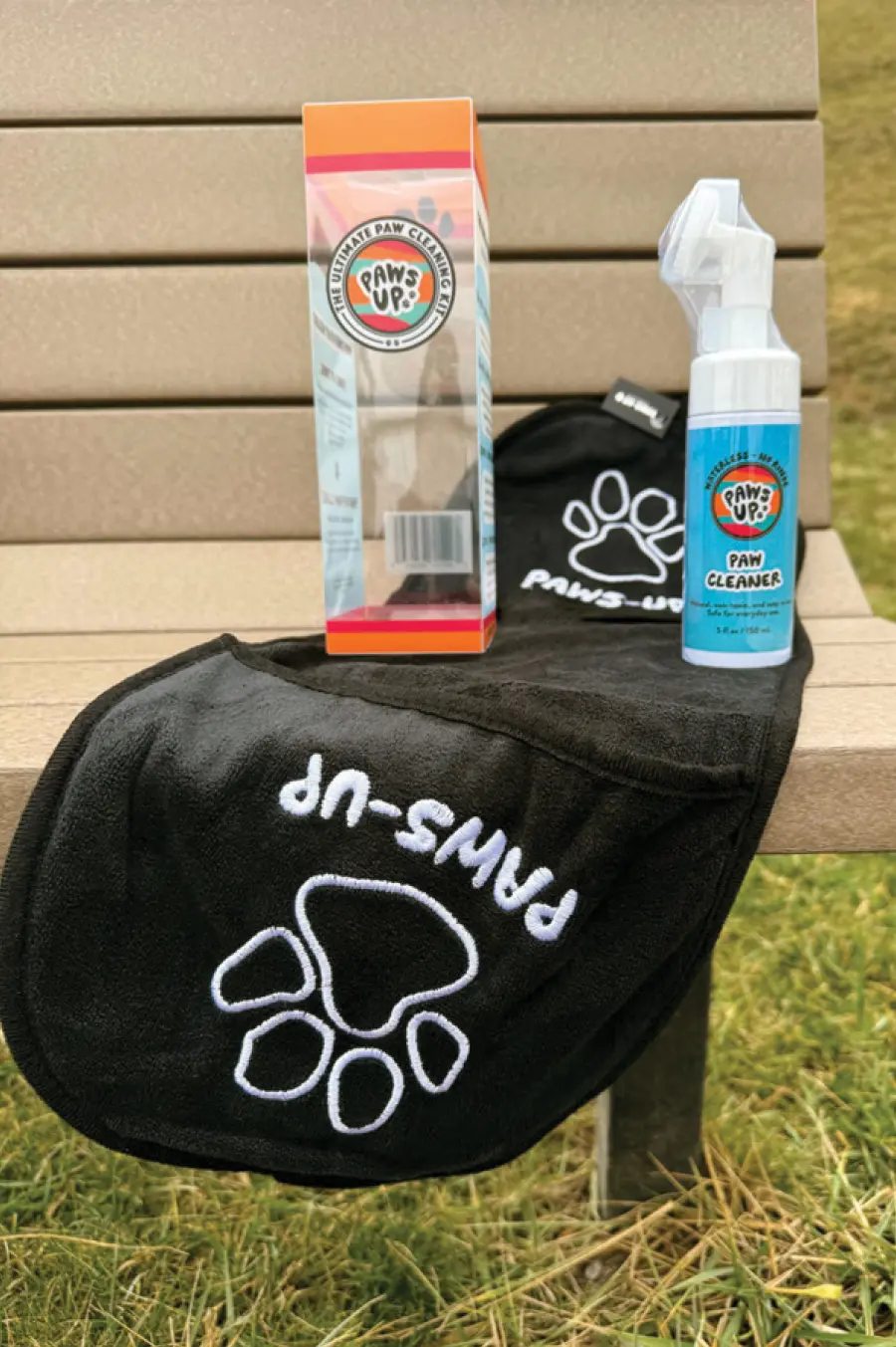
Paws Up, the number-one brand dedicated to healthy paws, brings you The Ultimate Paw Cleaning Kit. Each kit contains a soft two-pocket towel and all-natural, plant-based foam cleaner, which easily breaks down and removes dirt, mud, grass, sand, allergens and more. Loved by conscientious pet parents, it’s a must-have for enhancing the comfort and well-being of furry friends’ paws. Also available in retail-ready displays, adding the Paws Up Ultimate Paw Cleaning Kit to your inventory is a great benefit for your customers and a profitable revenue stream for your business. www.pawsup.store
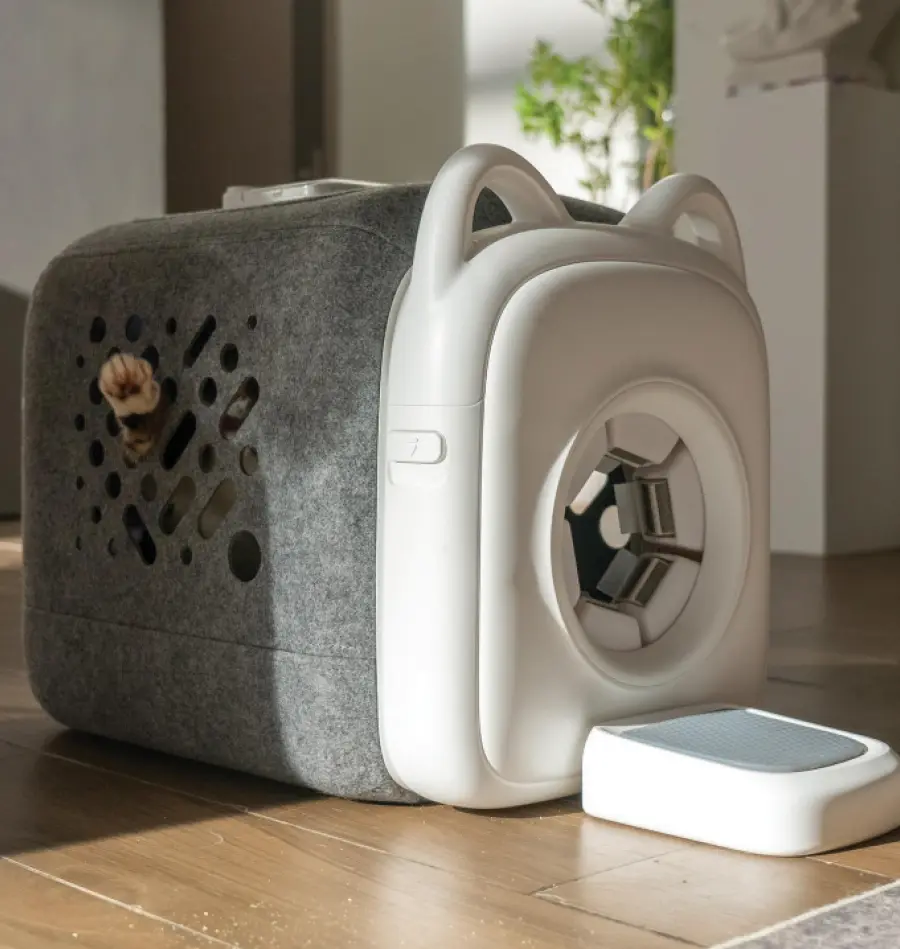
The Pawswing Purring Automatic Cat Self-Groomer offers a gentle and effective grooming solution that reduces shedding and minimizes the risk of hairball formation. As cats move in and out of the machine, the six brushes roll and comb their fur, adapting to the curves of their body. Each rolling brush automatically collects groomed cat hair into a collection box. Designed with cats’ nature in mind, the spacious box with a narrow entrance intrigues and comforts cats, and the customizable treat dispenser encourages regular grooming with daily treats. paw-swing.com


I can do all this through him who gives me strength.
Philippians 4:13
NIV BIBLE

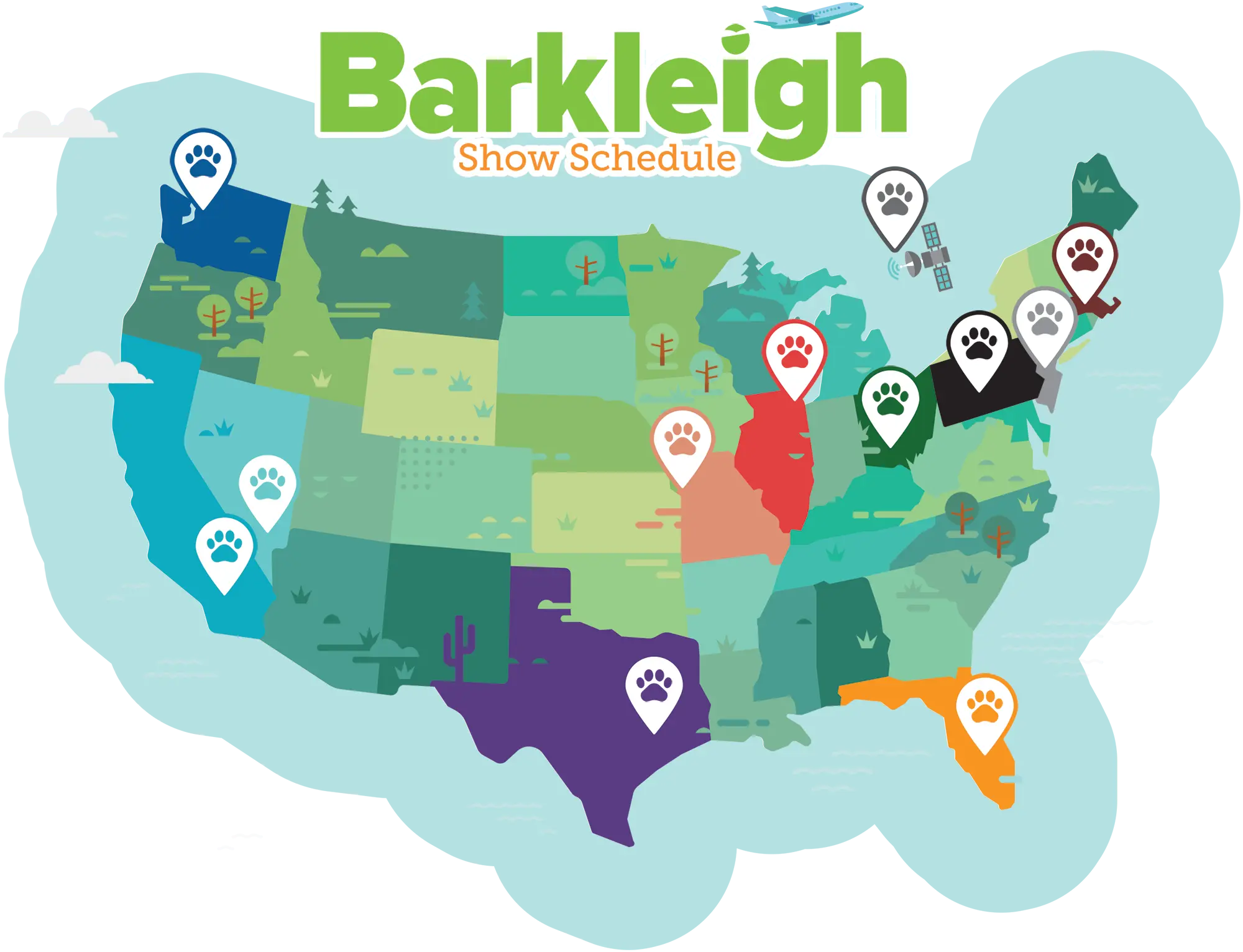

Thanks for reading our March/April 2025 issue!

